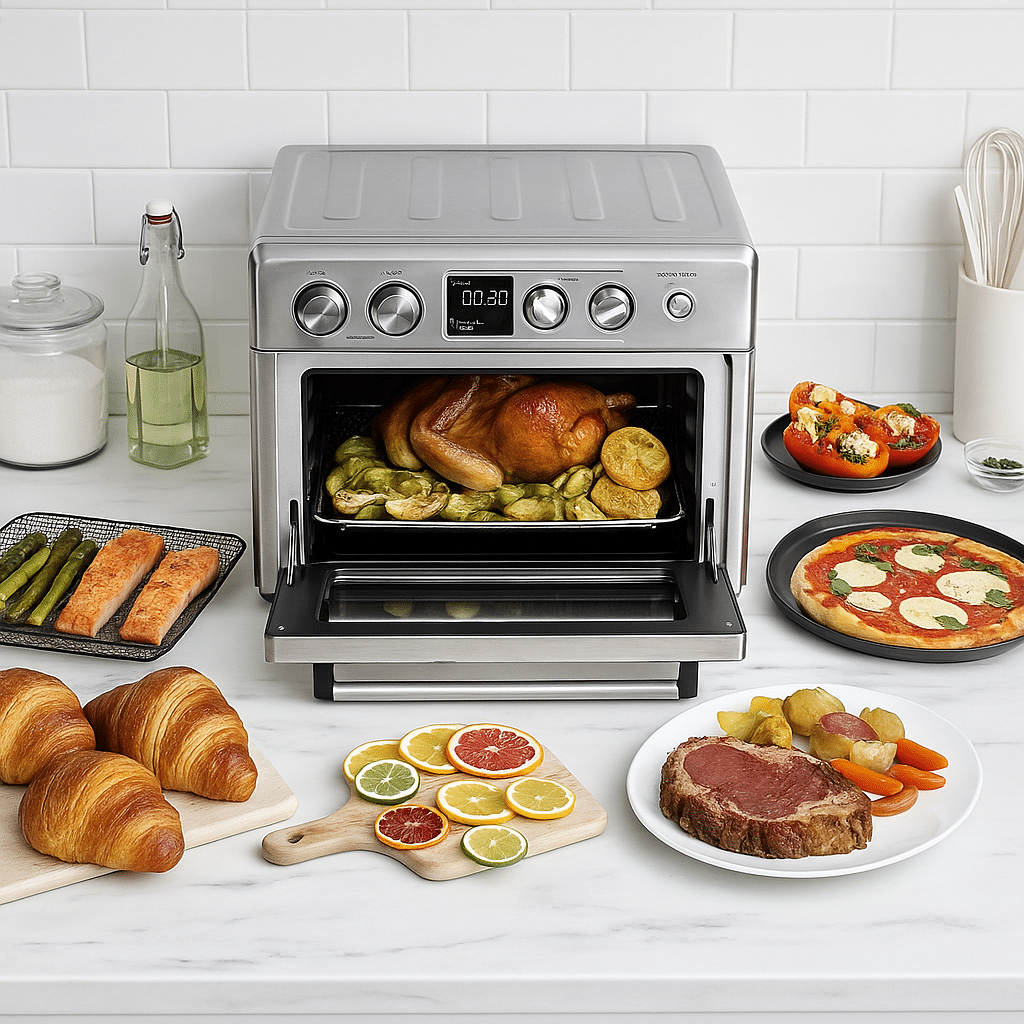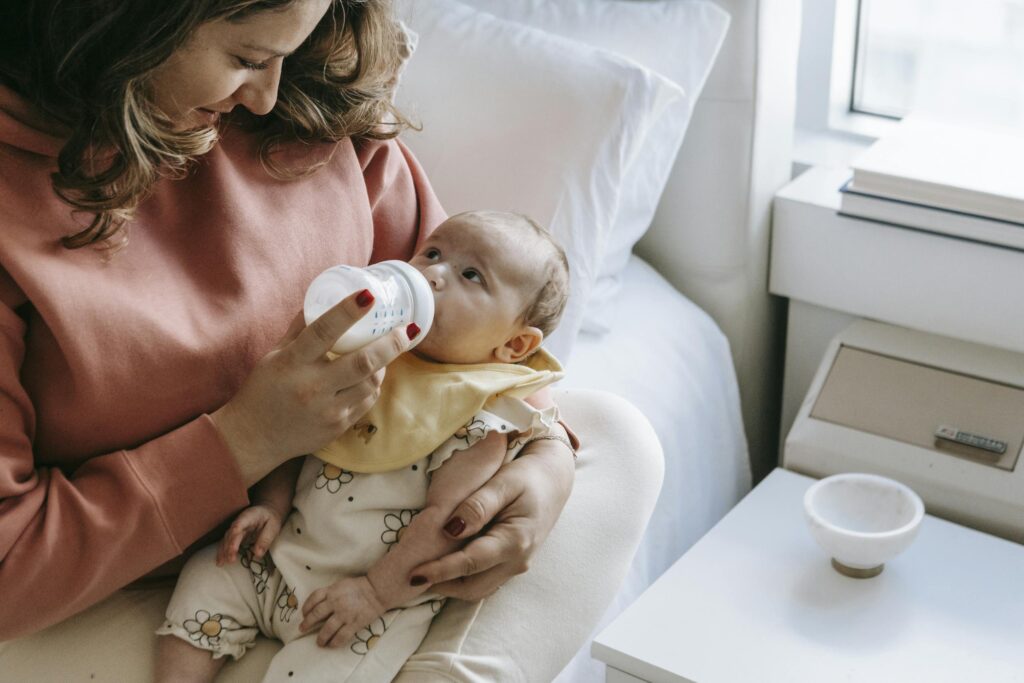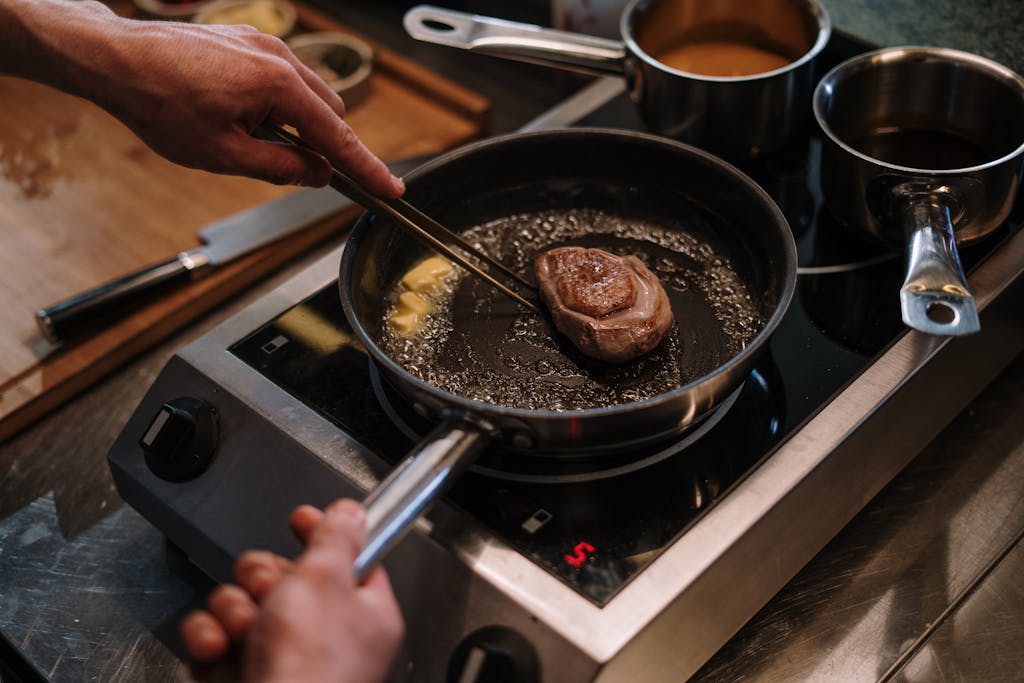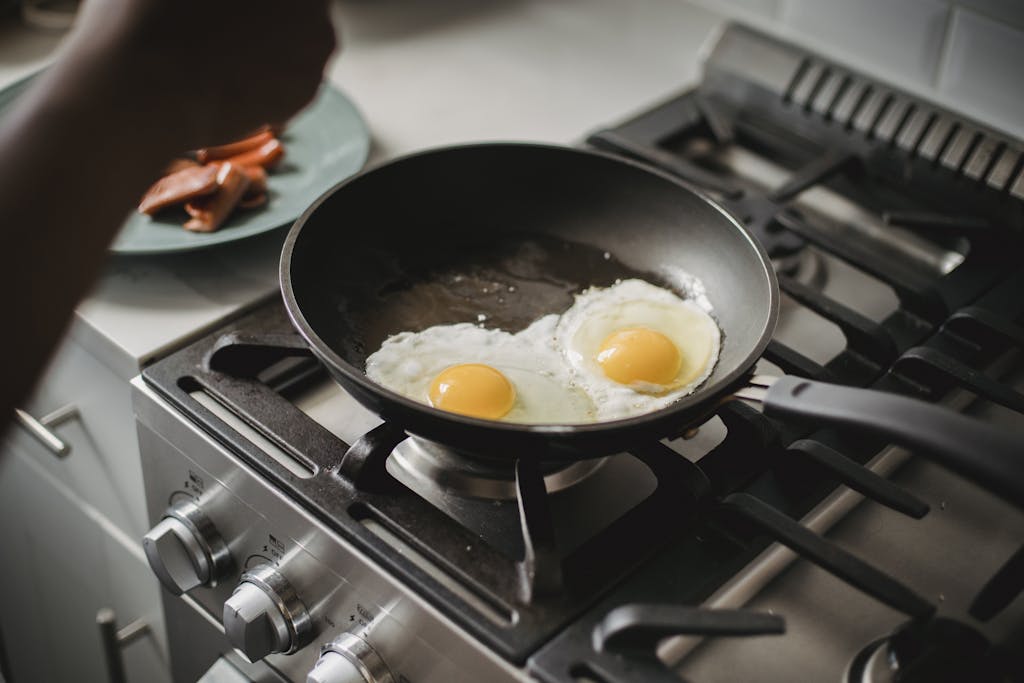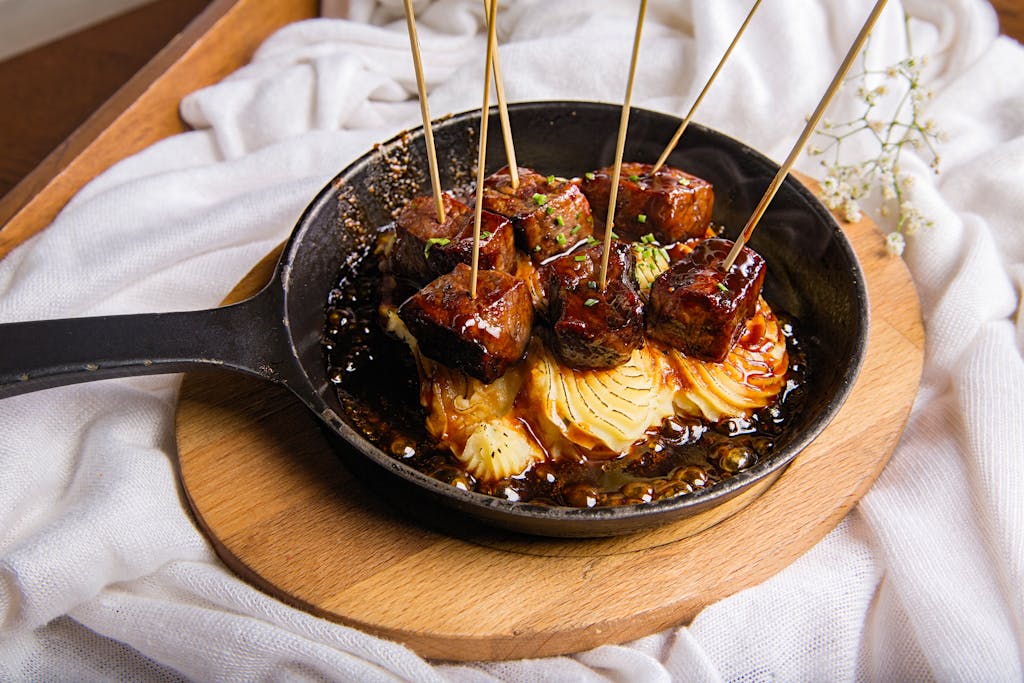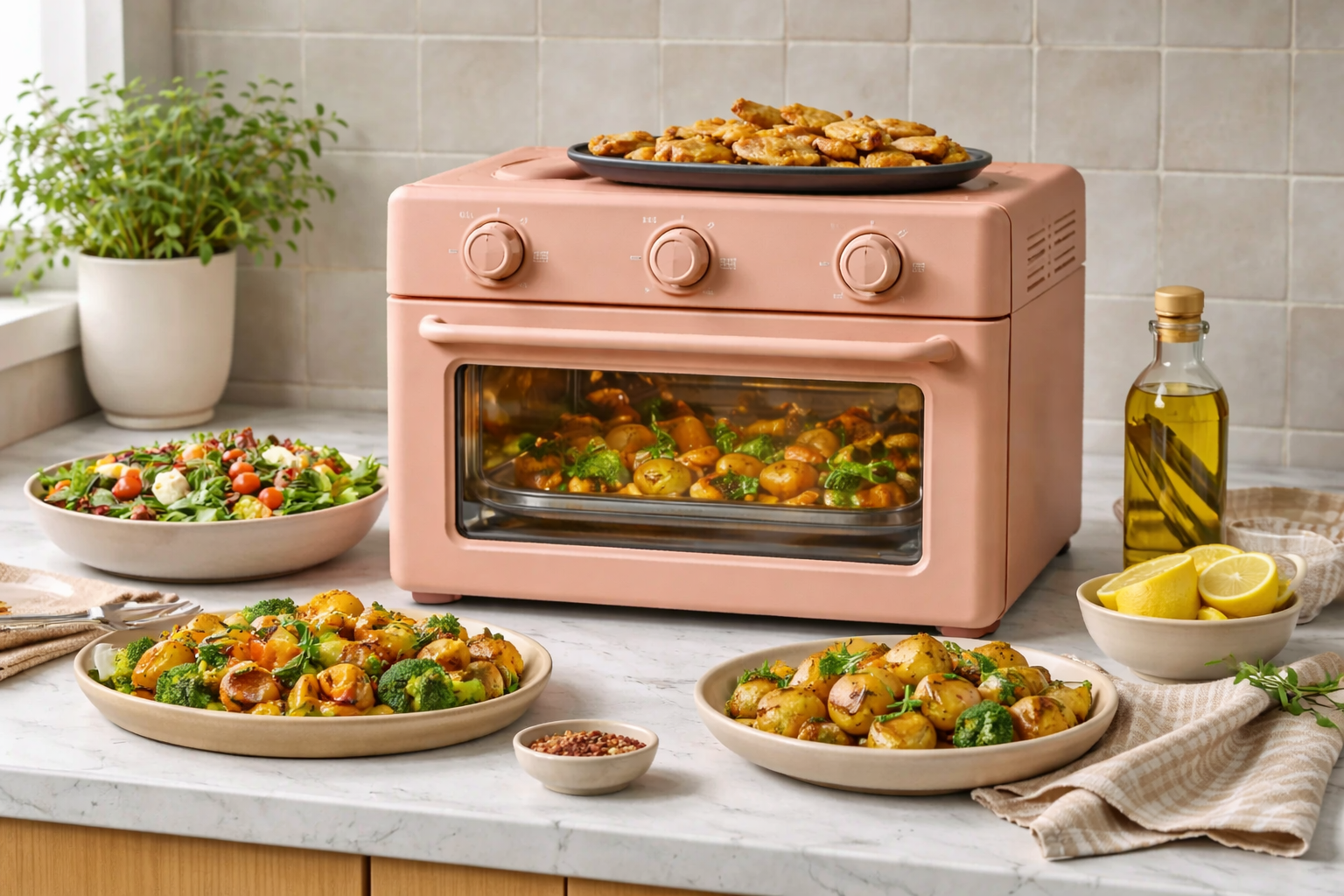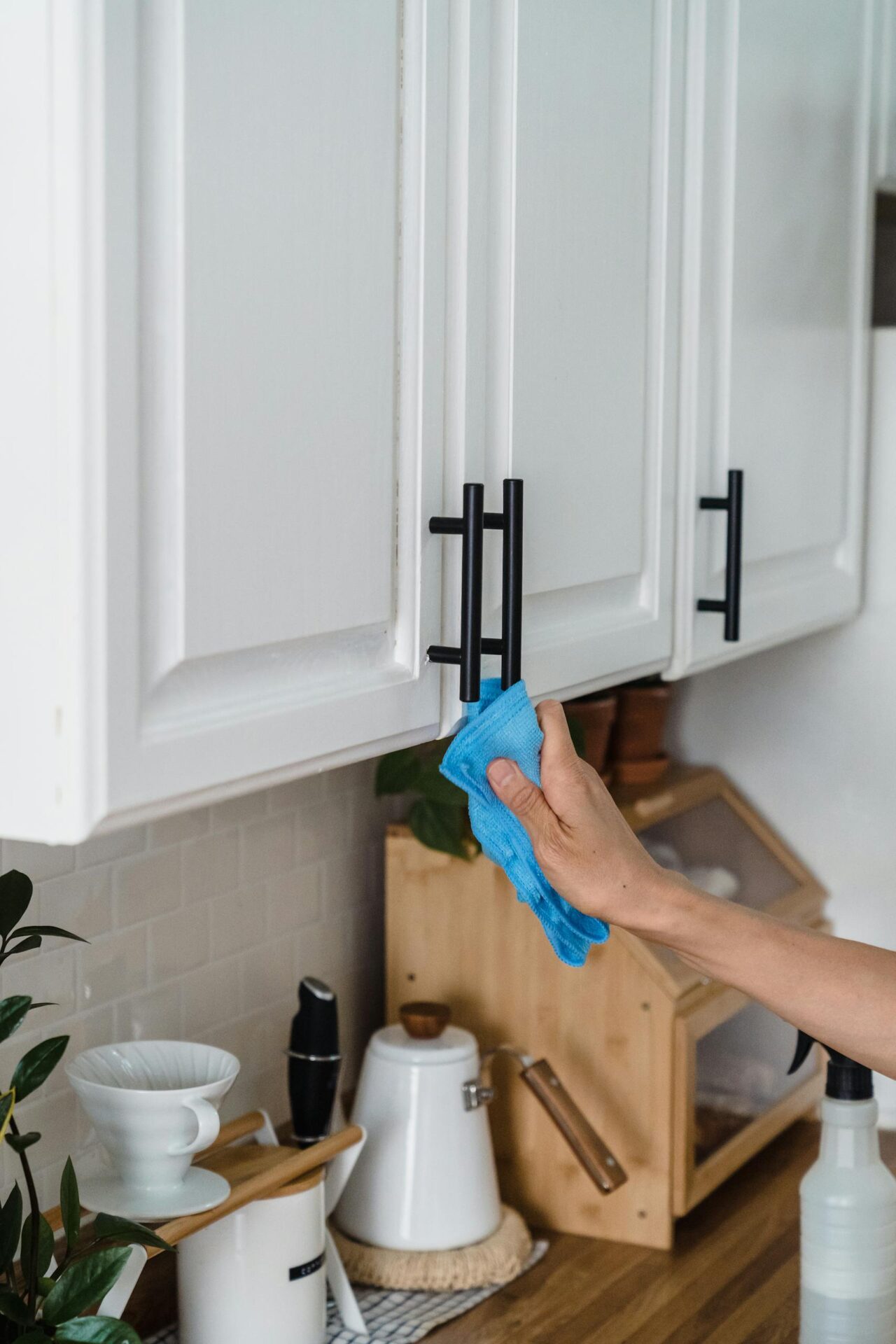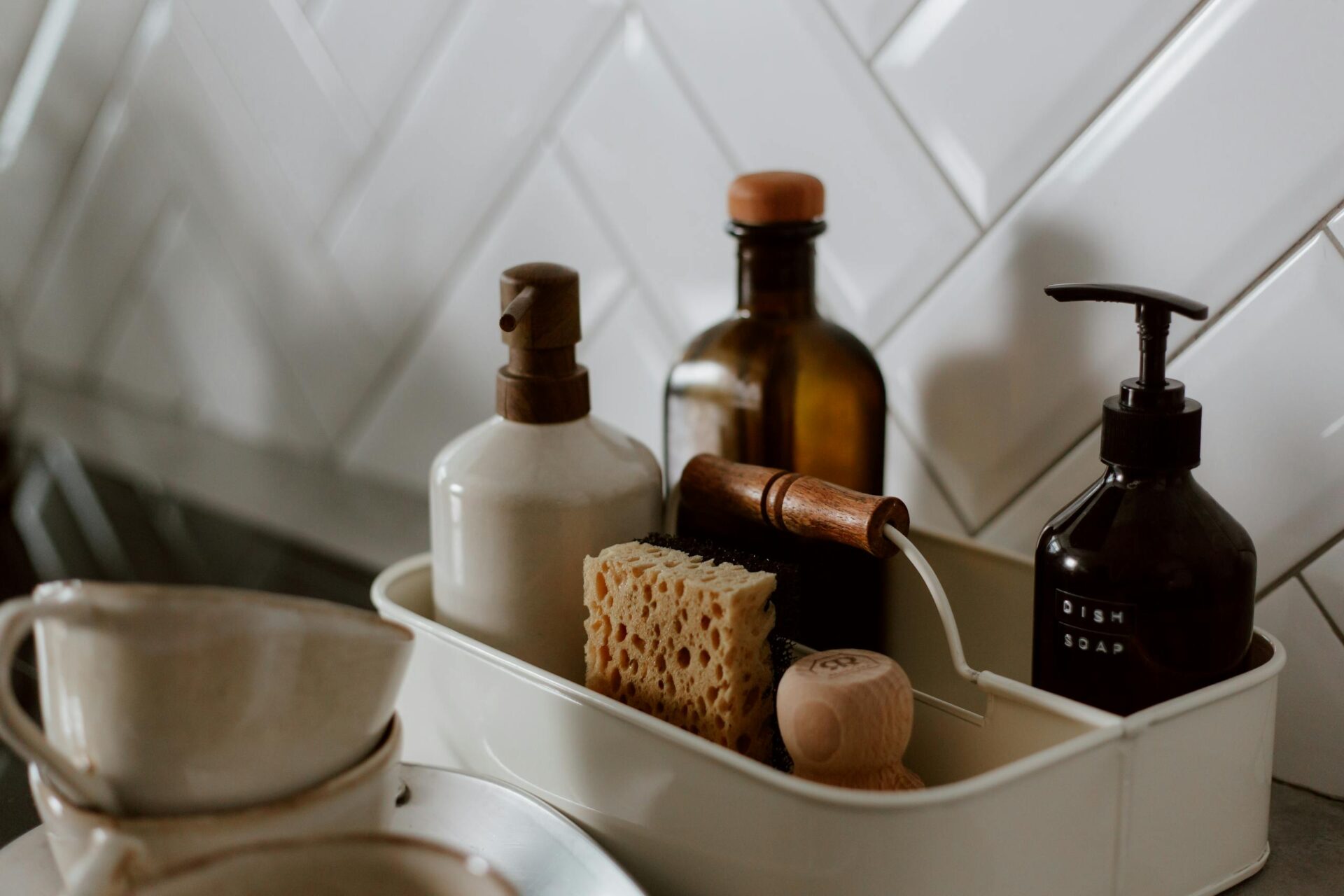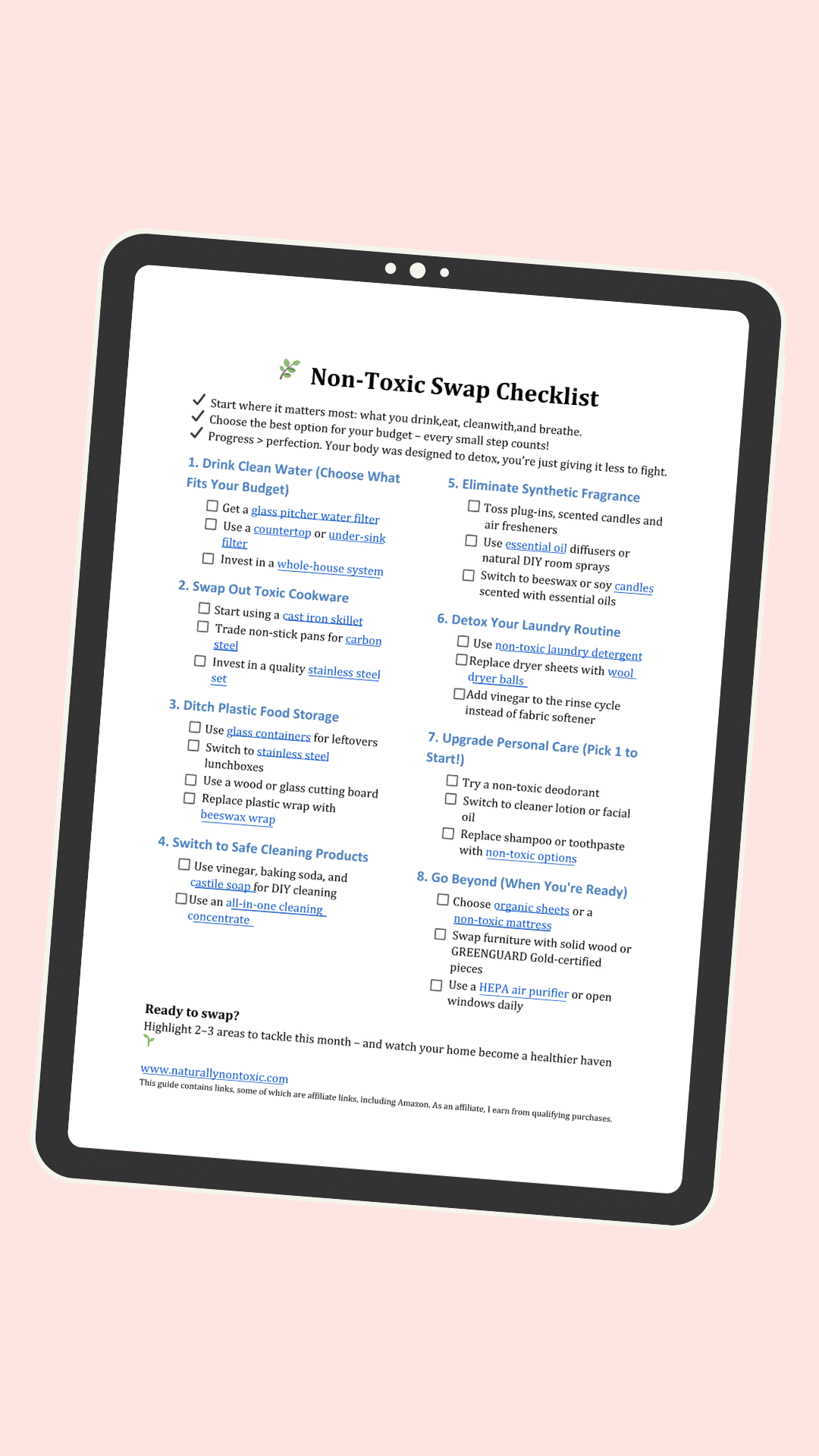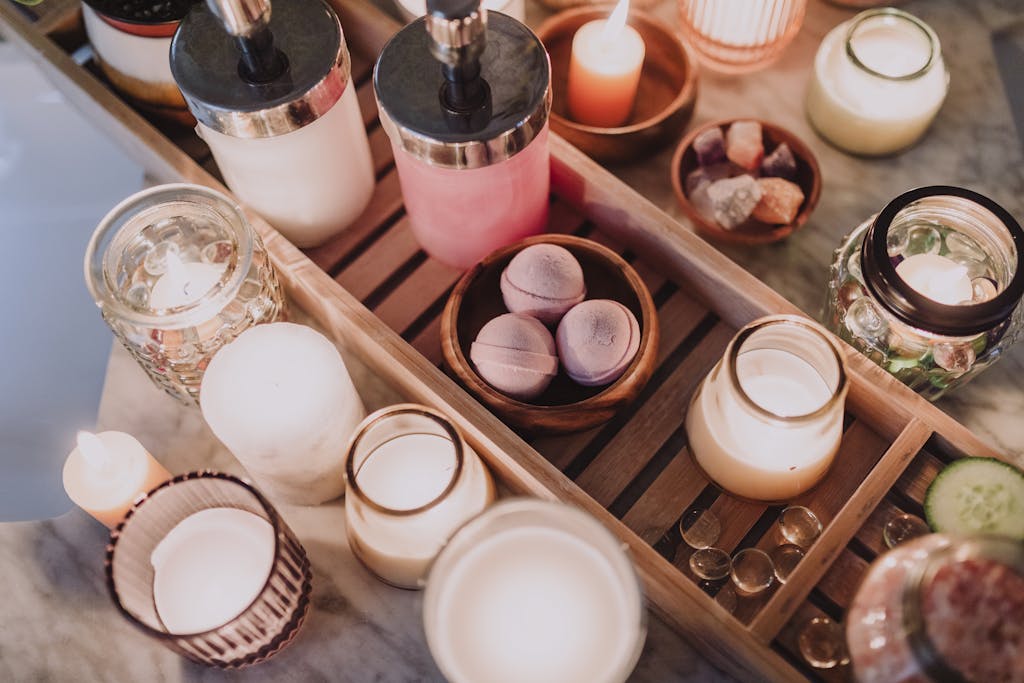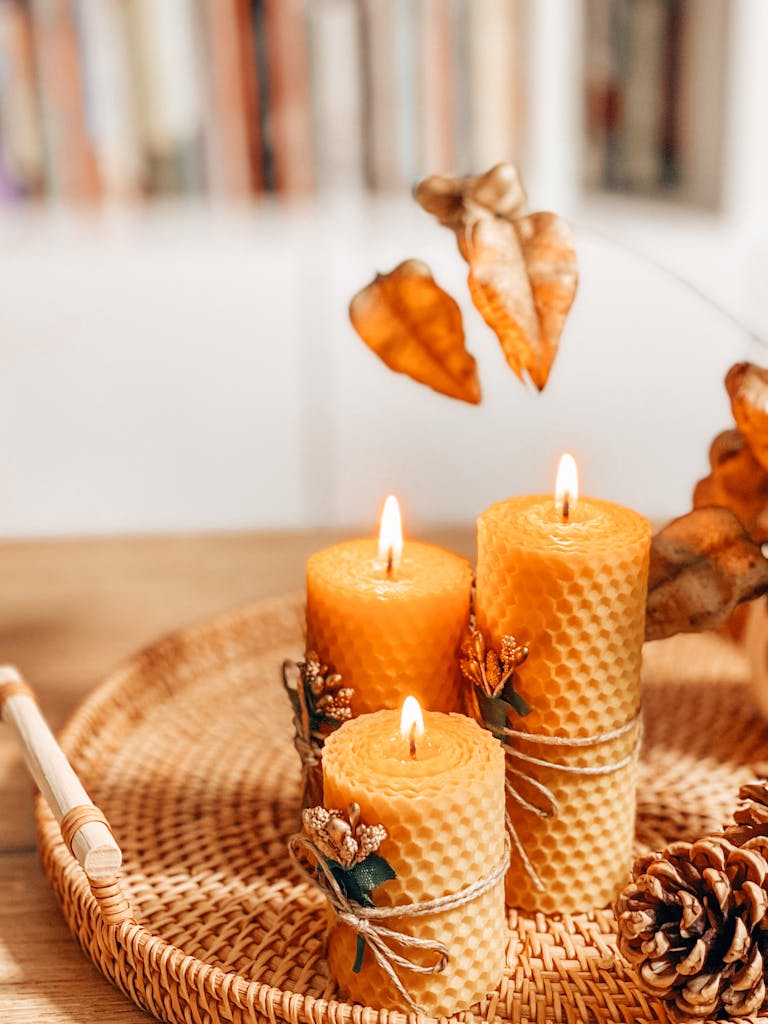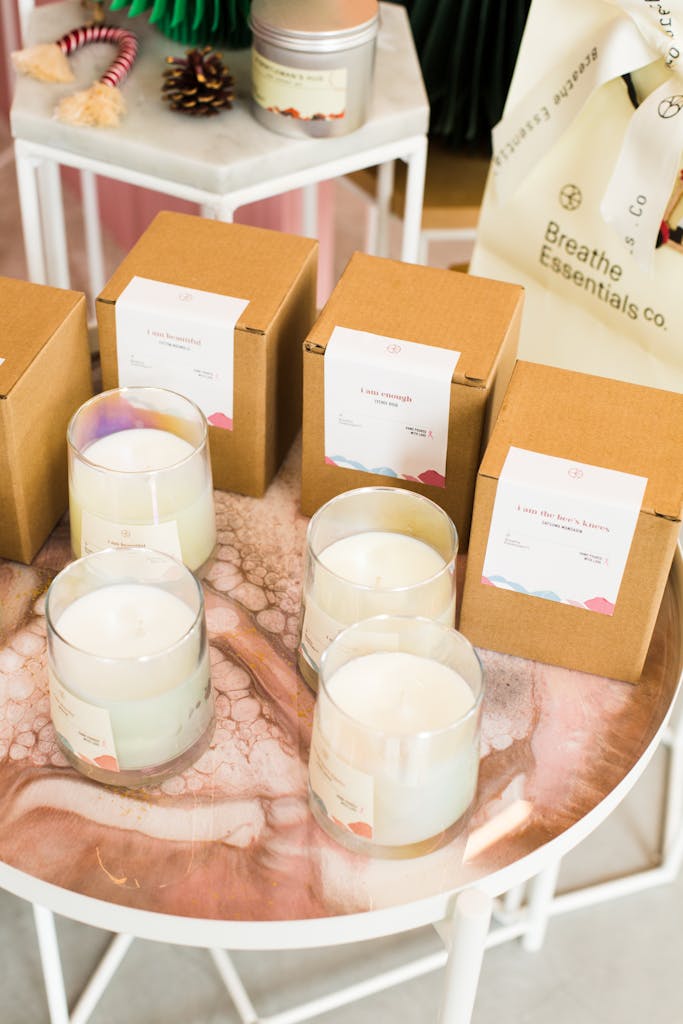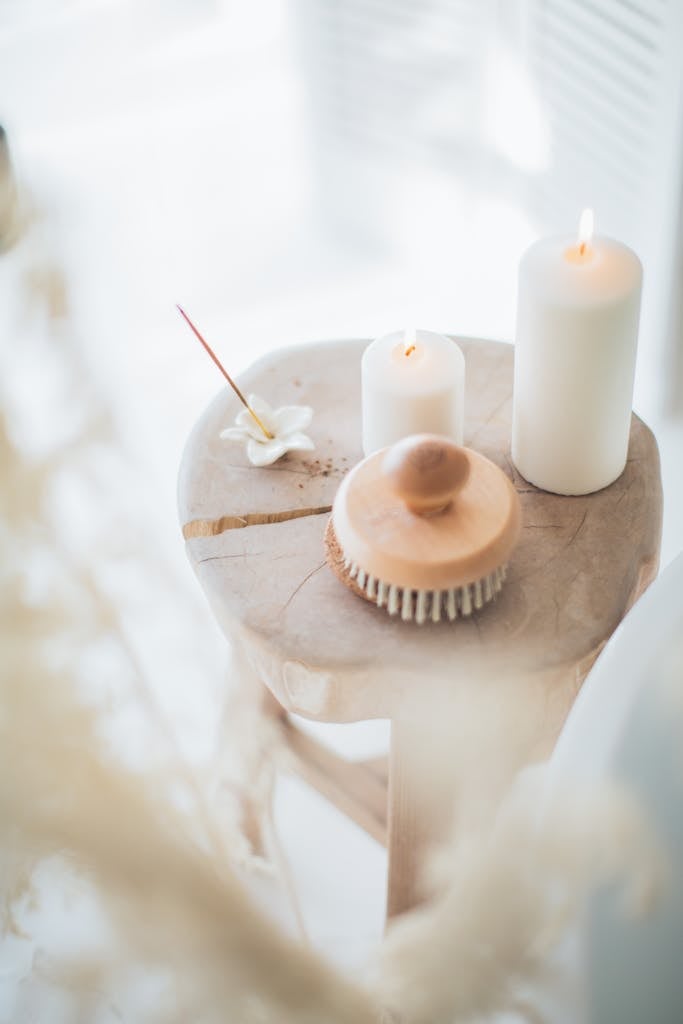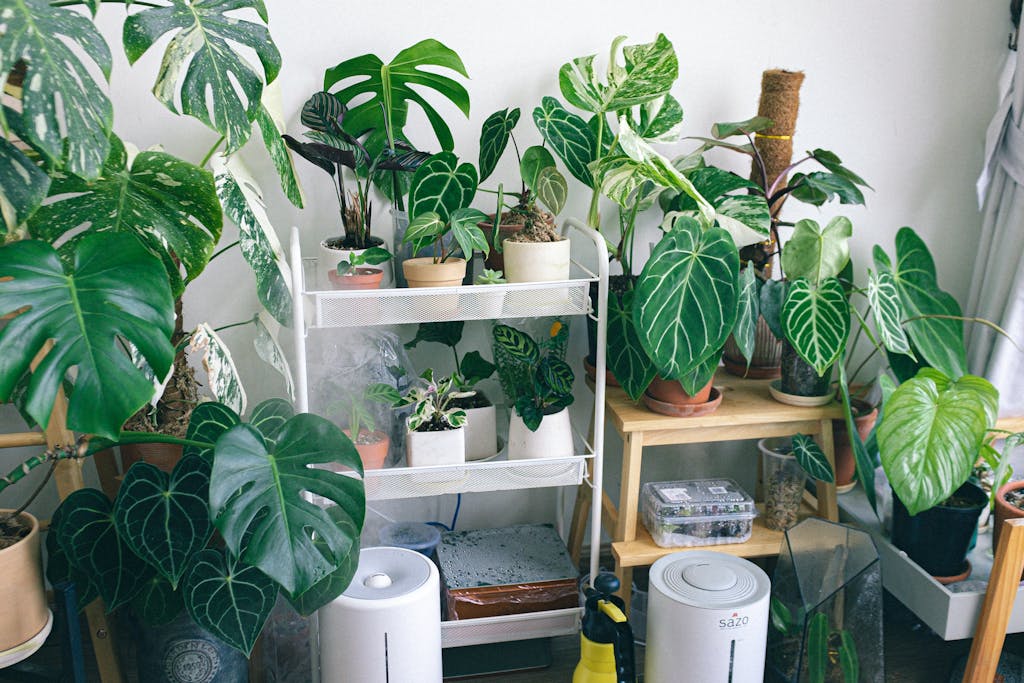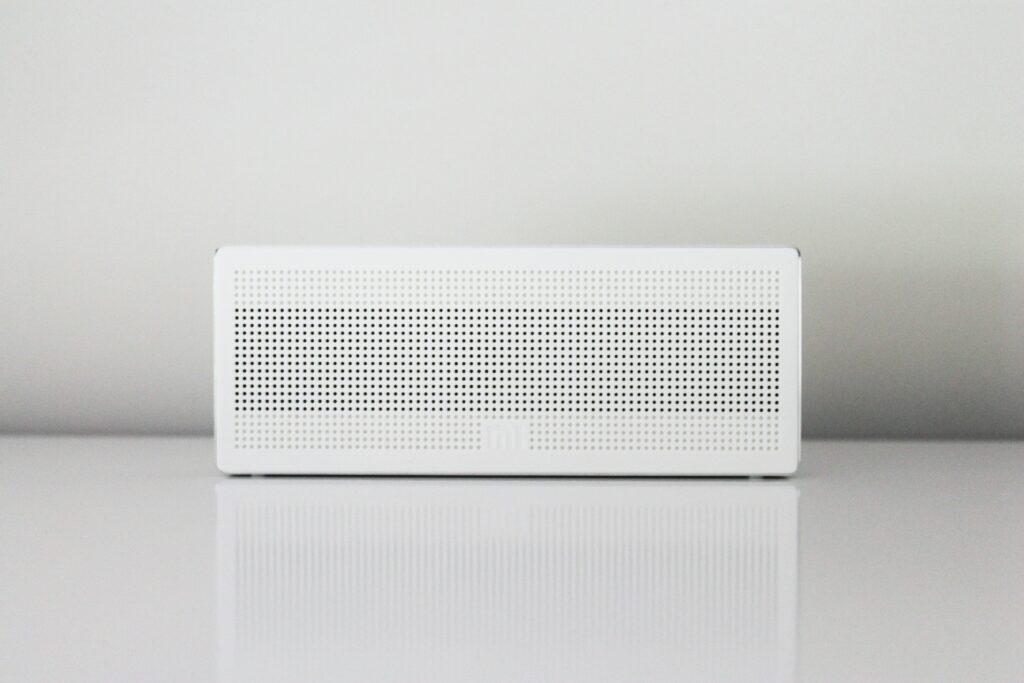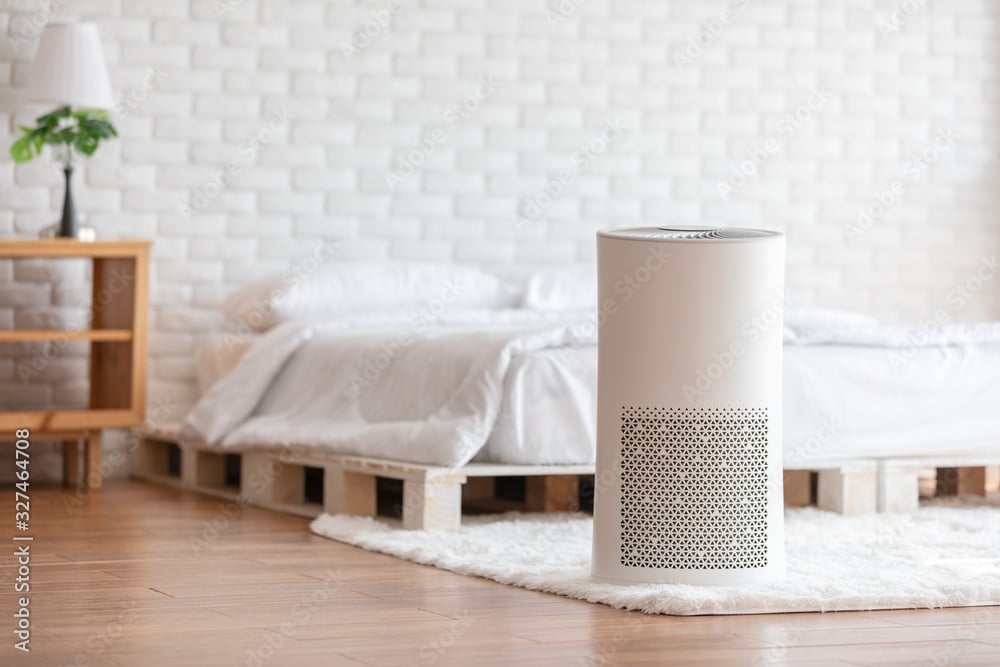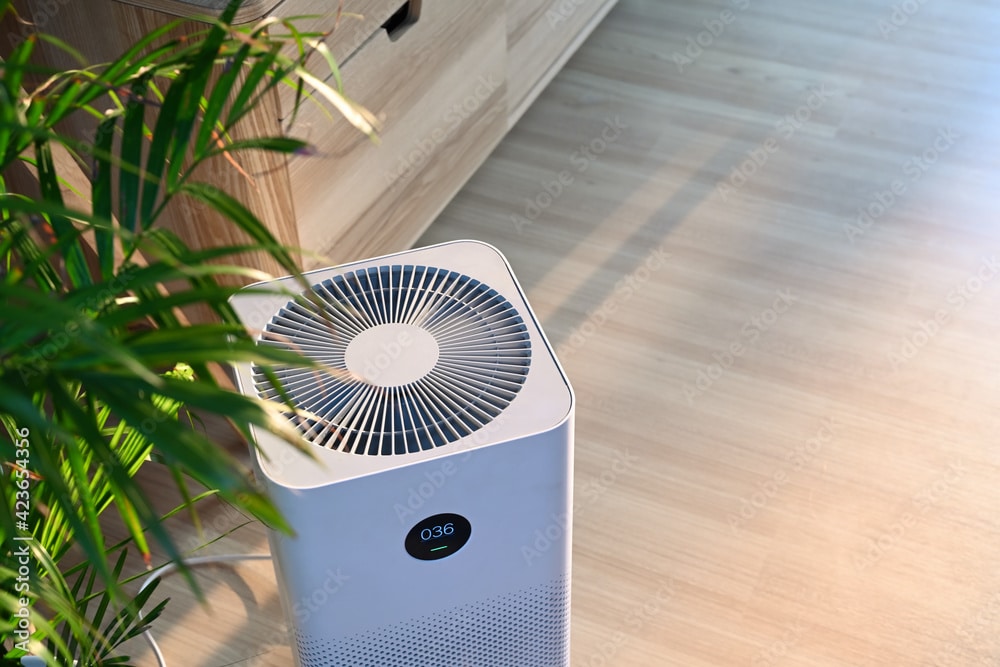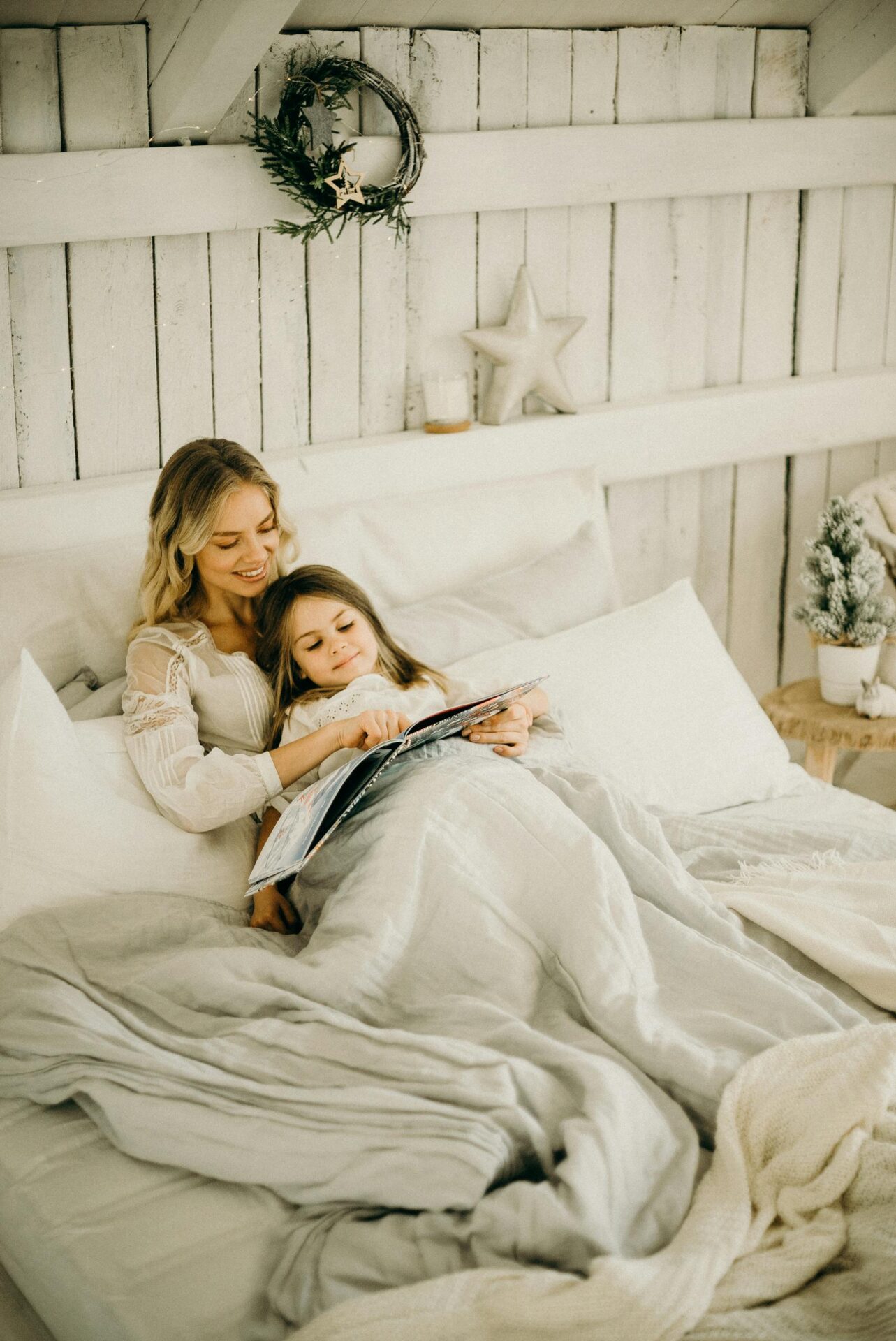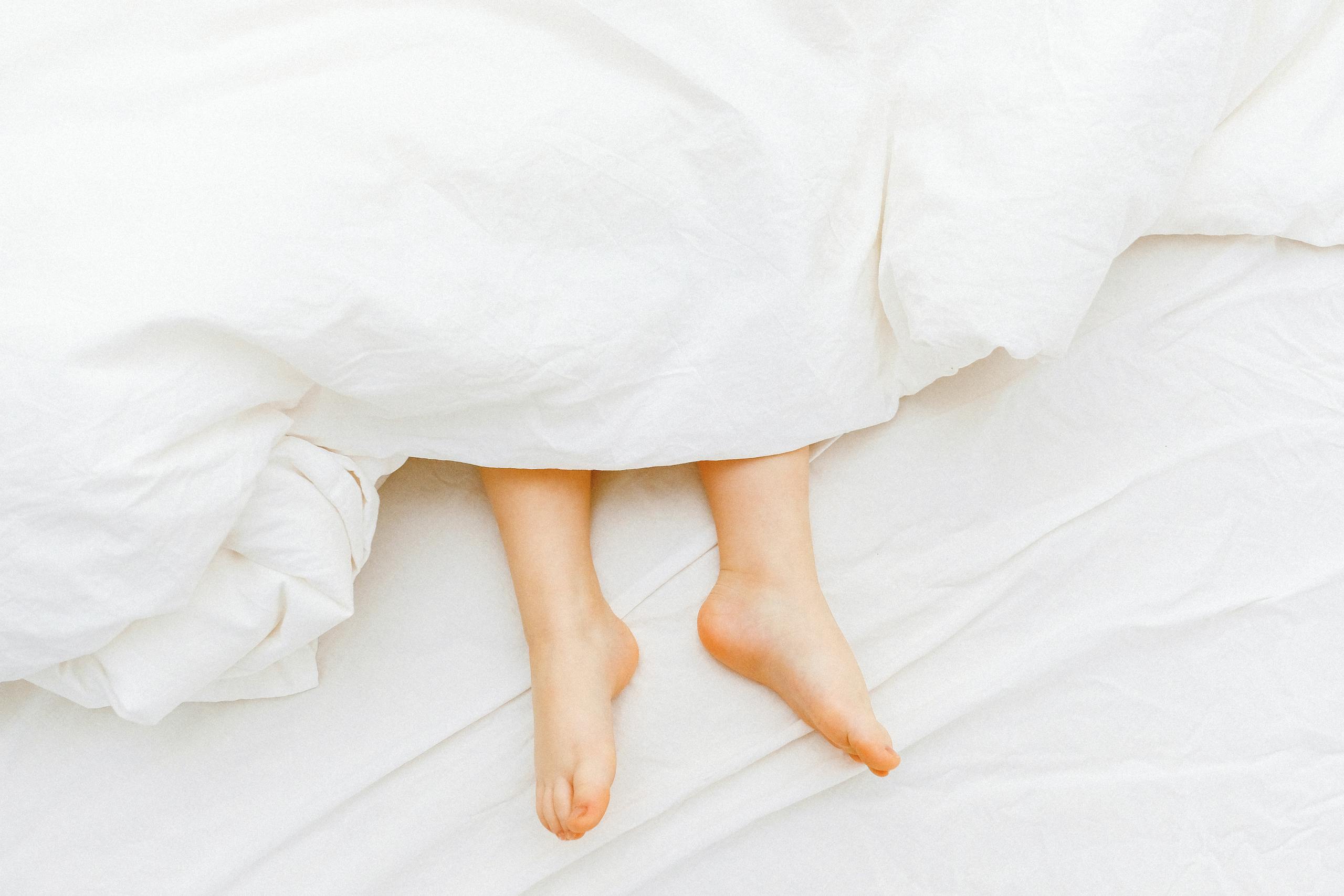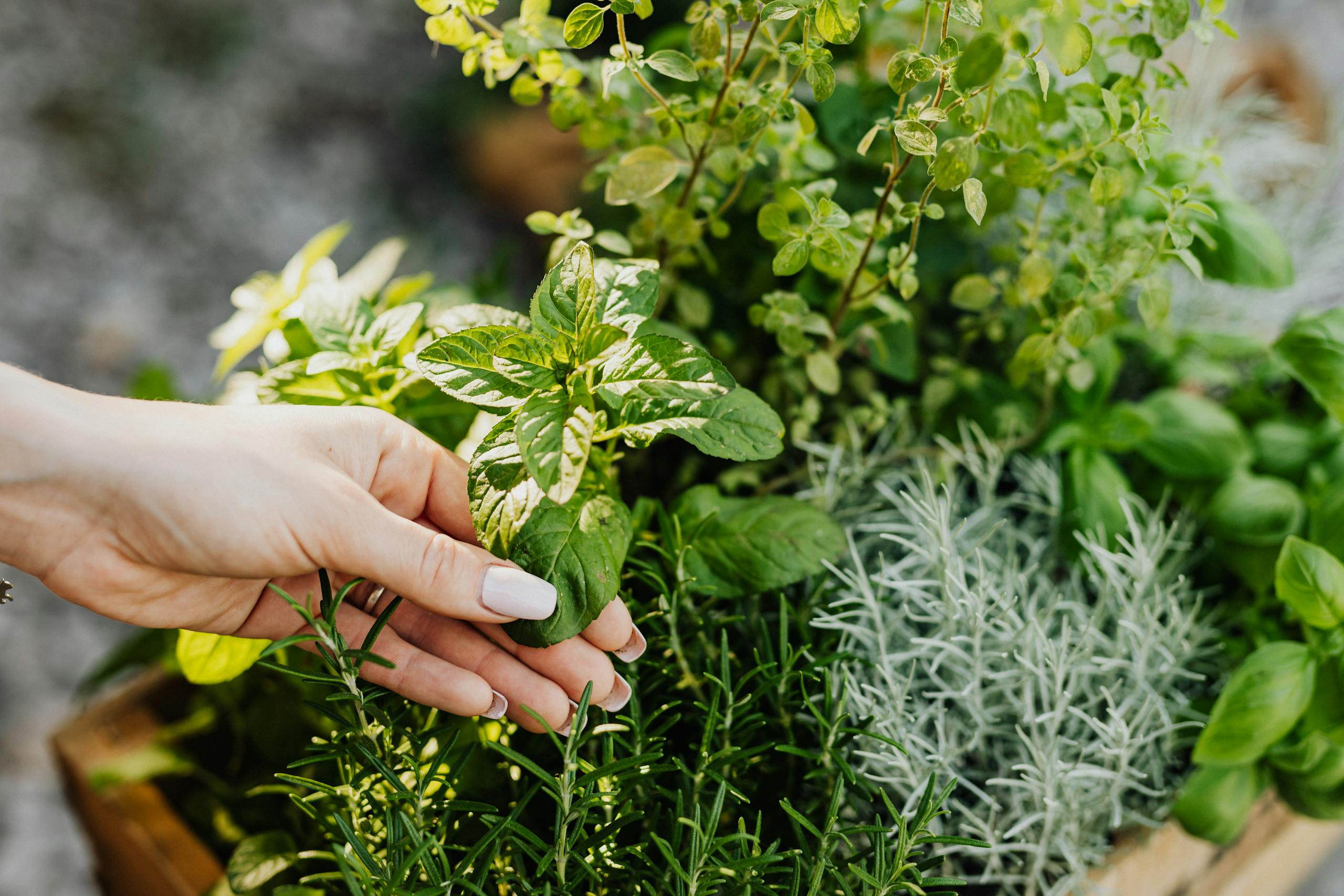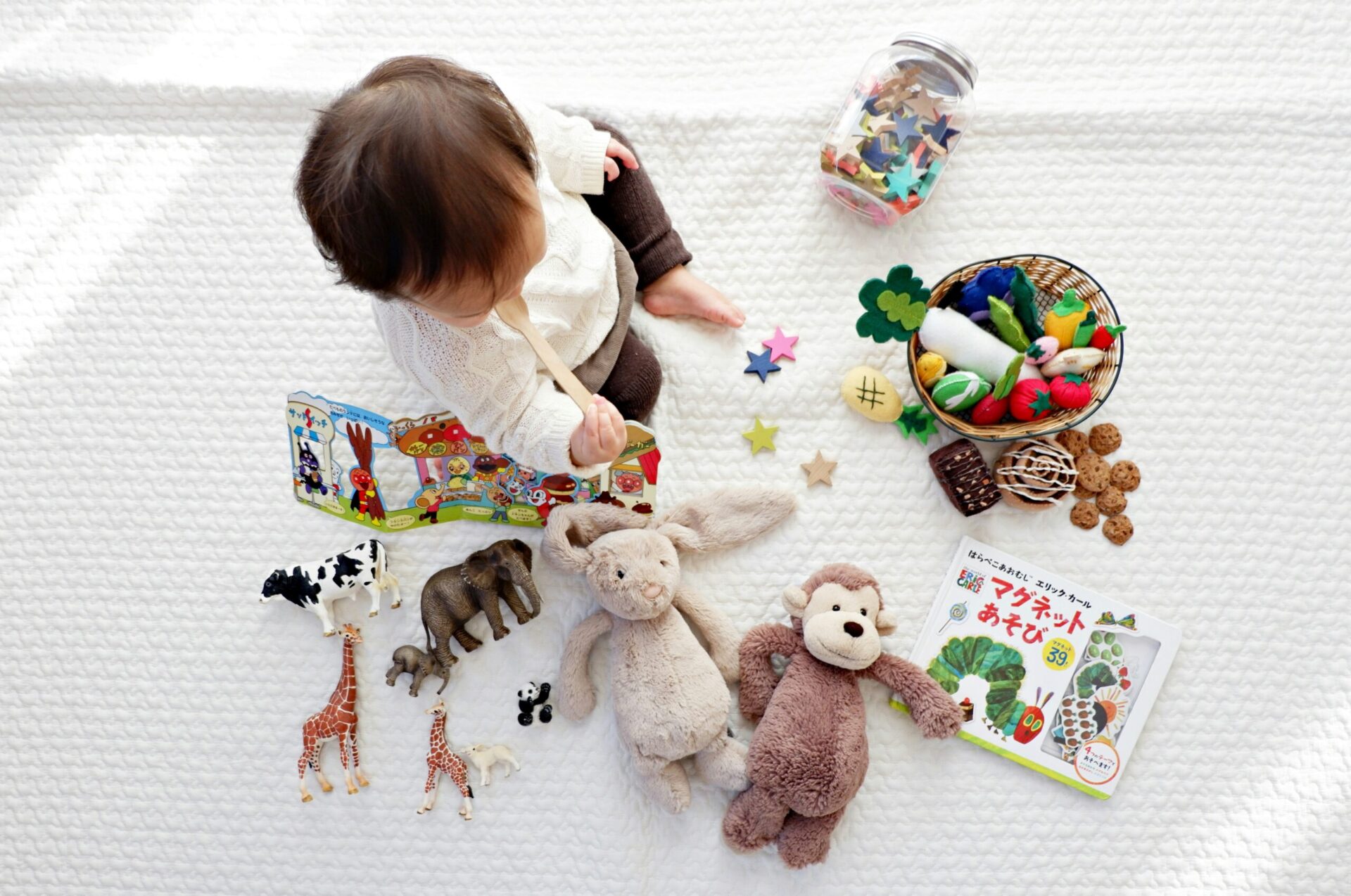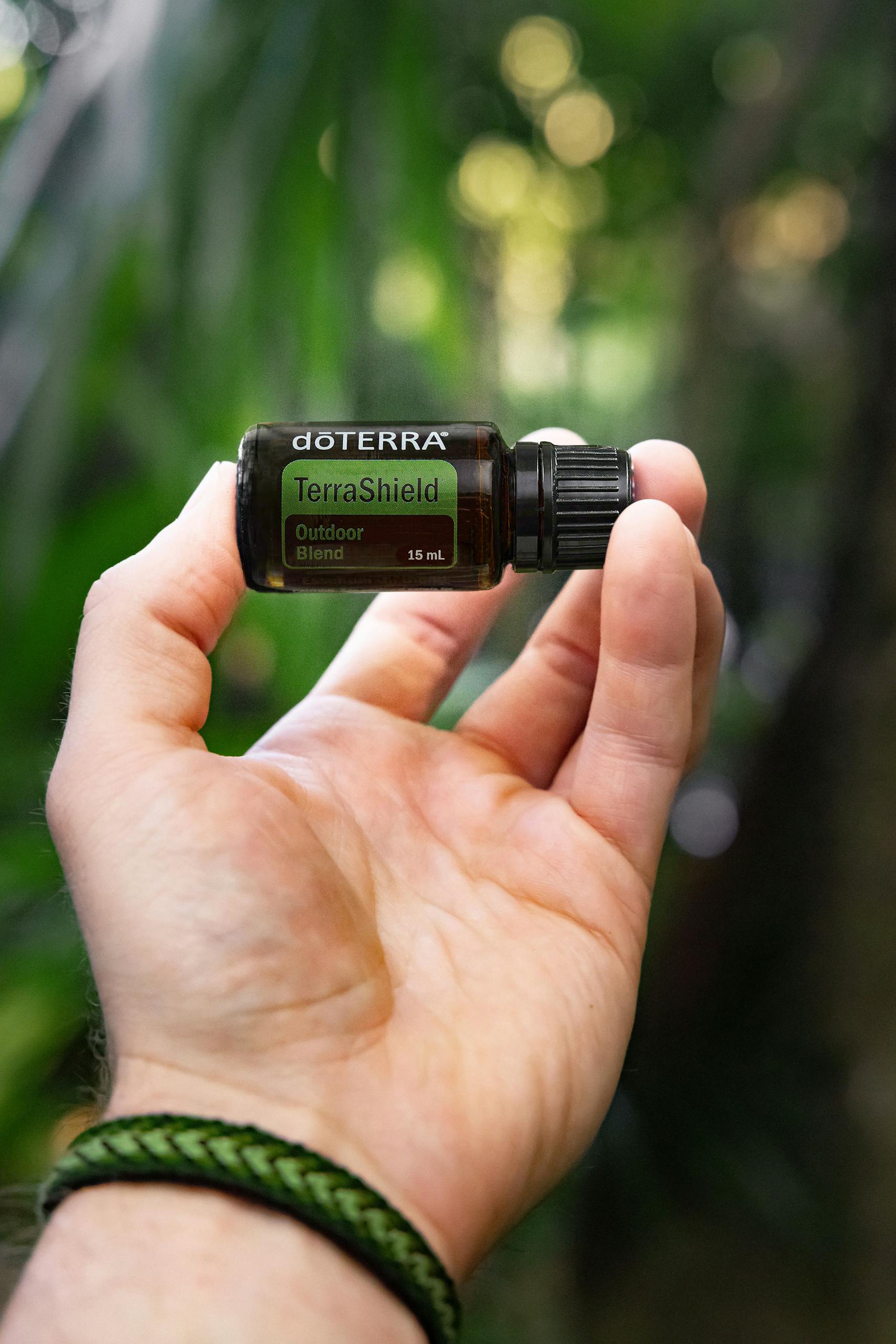
Are you curious about non-toxic living but not sure where to start? You’re not alone. Many families (especially moms) feel overwhelmed by the idea of non-toxic living for beginners. The good news is that you don’t need to overhaul everything overnight.
By focusing on a few high-impact changes, you can significantly reduce your family’s exposure to harmful chemicals without stress or huge expense. In fact, just a handful of smart swaps can lower your toxic exposure more than 80% compared to the average household. This non-toxic living for beginners guide will walk you through easy, impactful swaps – from cleaning products to cookware – that will lead to a healthier home and lifestyle.
Why Does Non-Toxic Living Matter?
We spend almost 90% of our time indoors, where pollutant levels can be 2–5× higher than outdoors. Everyday products – cleaners, plastics, fragrances, furniture – may release “invisible” toxins linked to asthma, allergies, hormone disruption, even cancer.
The United States has tens of thousands of chemicals in use, yet only a small fraction have been tested for safety. This means it’s largely up to us as consumers to choose safer alternatives. The goal of this non-toxic living for beginners guide isn’t to scare you, but to empower you. Non-toxic living is about creating a safe, nurturing home where your family can thrive without exposure to unnecessary chemicals.
Before We Get Started…
Many of the items below ship with Amazon Prime. If you’re not a member yet, joining now makes checkout easier.
How to Get Started
with Non-Toxic Living for Beginners
If you’re new to all this, don’t worry — non-toxic living for beginners is all about progress, not perfection. The key is to start small and strategic. Tackle one area at a time and pace yourself. Most guides to non-toxic living for beginners recommend starting with what you eat, drink, and breathe. Here are some tips to ease the transition:
Focus on High-Exposure Items First:
Prioritize swaps in areas that affect you constantly – drinking water, air quality (think cleaners and fragrances), cookware, and items for kids. These have the biggest impact on your toxic load. Less frequent exposures (like occasional-use items) can be addressed later.
One Room or Category at a Time:
Another approach is to go room-by-room. For example, detox your cleaning cabinet first, then move on to the kitchen, then bathrooms, etc.. This prevents the process from feeling overwhelming.
Use Up & Replace:
You don’t have to trash everything at once (unless it’s severely toxic). Finish your current bottle of cleaner or shampoo, then replace it with a non-toxic alternative when it runs out. Step by step, your home will transform.
Take Baby Steps & Give Grace:
Remember, creating a non-toxic home is a journey, not an overnight flip. Small changes truly add up – studies show that switching to safer products can dramatically reduce levels of toxins in your body within just 3 days. So celebrate each swap you make!
Educate & Empower:
As you swap products, learn to read labels and identify harmful ingredients (like “fragrance” which often hides phthalates). Knowledge will make you confident, not fearful, in your choices.
Progress Over Perfection:
It’s virtually impossible to eliminate every synthetic chemical (and stressing about it isn’t healthy either!). The goal is to significantly reduce your family’s overall exposure. Focus on what you can control (your home, your purchases) and don’t panic about the rest. Every little bit counts!
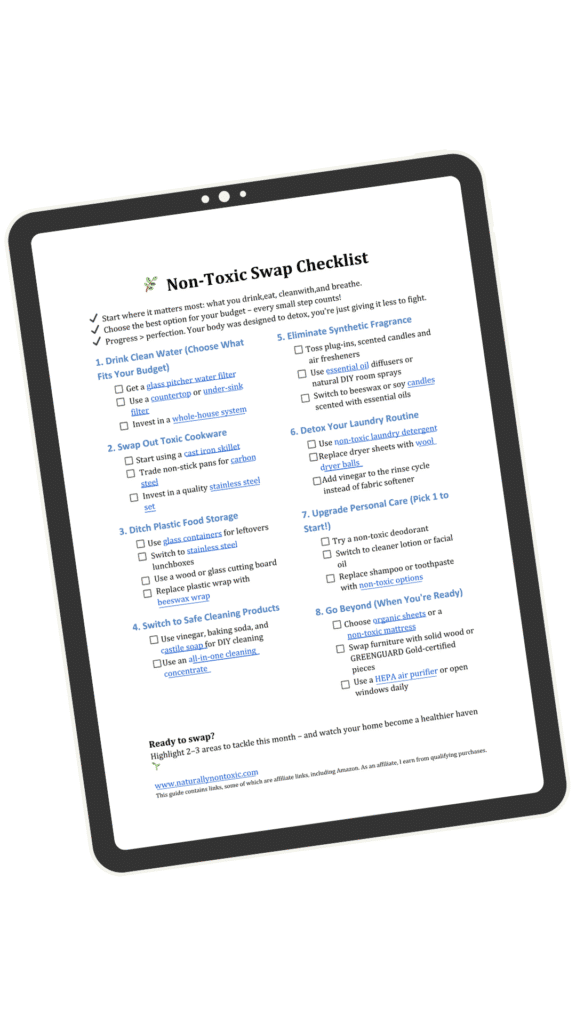
free download
Grab our printable “Non-Toxic Swap Checklist” for a handy summary of all the easy swaps in this guide!
(Feel free to jump to the sections that interest you most!)
Swap 1: Filtered Water – A Must for Non-Toxic Living for Beginners 💧
Filtering your water is one of the top first steps in non-toxic living for beginners. Your tap water can contain a cocktail of contaminants – from chlorine and heavy metals to agricultural pesticides and even pharmaceutical traces. In fact, over 320 toxic substances have been detected in U.S. drinking water since 2019.
While municipal water is treated to kill microbes, it often leaves behind residues (like chlorine byproducts) and can pick up lead from old pipes. You drink water all day long (in coffee, cooking, straight from the tap), so this exposure adds up fast.
Improve your water quality with a good water filter:
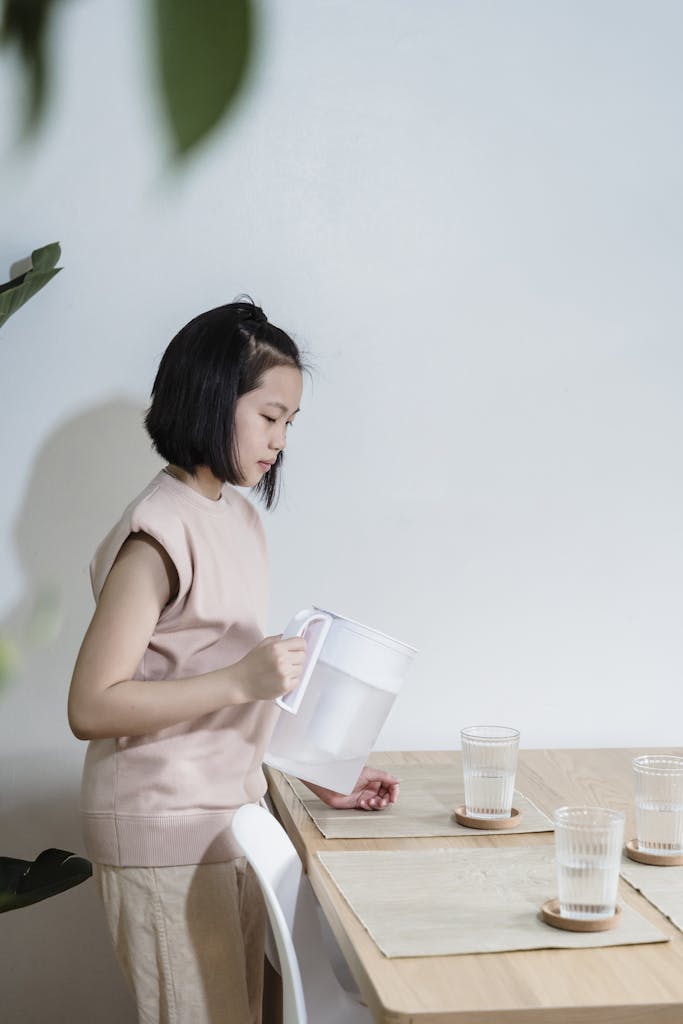
Use an affordable pitcher filter or faucet-mounted filter.
Use a pitcher with strong filtration — like the ZeroWater 40-Cup Glass Dispenser, which uses a 5-stage filter to remove lead, chromium, PFOA/PFOS, and more. It’s NSF and IAPMO certified and a powerful first step toward cleaner water.
Upgrade to an under-sink filtration system or countertop filter.
Options like reverse osmosis, under-sink filter, or gravity-fed filters can remove a wider range of pollutants (including some “forever chemicals” PFAS). These tend to cost a few hundred dollars, but they provide cleaner water on demand for drinking and cooking.
Invest in a whole house water filtration system.
A whole house filtration system filters every drop from every tap — drinking, bathing, cooking, and laundry. It’s a big investment, but it offers full-home peace of mind.
Swap 2: Switch to Safe Cookware (No More Teflon 🥘)
Time to ditch those flaky non-stick pans. Most conventional non-stick cookware (the Teflon-type) is coated with PFAS chemicals (per- and polyfluoroalkyl substances). These are often called “forever chemicals” because they don’t break down, and they have been linked to hormone disruption, reproductive issues, weight gain, and other health problems.
When non-stick pans get hot – especially if the coating is scratched or worn – they can release toxic fumes and leach particles into your food. The truth about non-stick: it might make cooking and cleanup easy, but it’s not worth the potential health risks.
Healthy Cookware Swaps
The good news is there are plenty of non-toxic cookware options that work great:
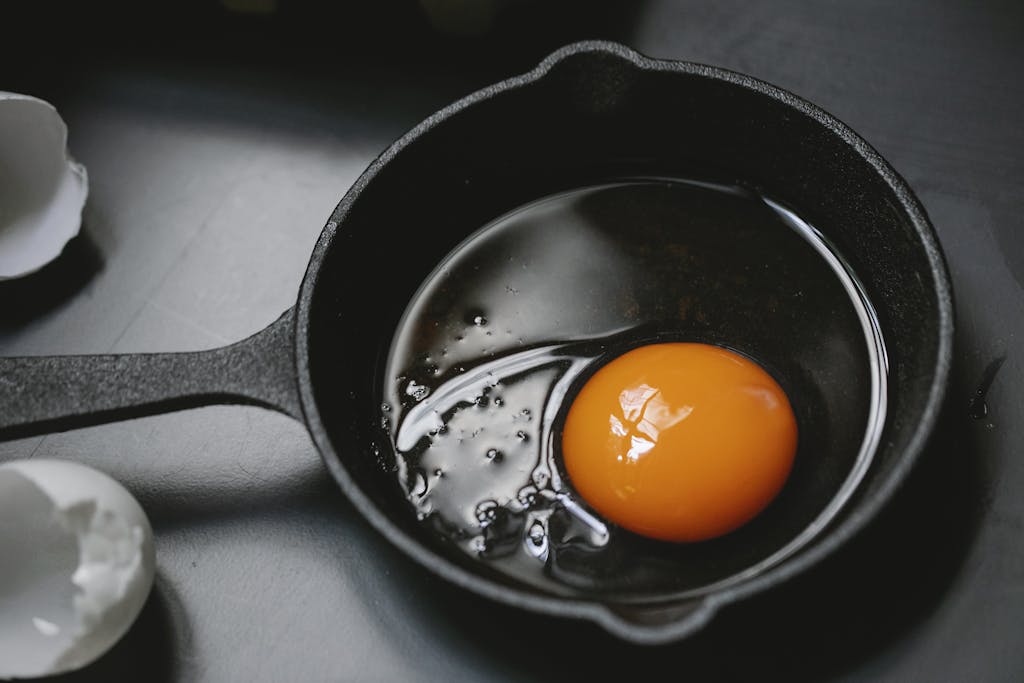
Cast Iron
Cast iron pans have been used for centuries and for good reason – they’re virtually indestructible, can go from stovetop to oven, and when seasoned well, they are fairly non-stick.
A basic 10- or 12-inch cast iron skillet (like Lodge brand) is inexpensive and will last a lifetime. Tip: If the weight of cast iron is an issue, try carbon steel pans – similar benefits and a bit lighter.
Carbon Steel
Carbon steel pans are a favorite among chefs for a reason. They offer an even better non-stick, naturally seasoned surface as cast iron with a lighter feel and faster heat response. Perfect for searing, stir-frying, and everyday cooking — all without synthetic coatings or chemical leaching. With a little care, they’ll last a lifetime.
Stainless Steel
Quality stainless steel cookware is a kitchen workhorse. It’s perfect for pots, pans, and baking sheets. You may need to use a bit of oil or butter to prevent sticking, but stainless is non-reactive and safe at high temperatures.
To clean tough bits: soak with warm water and a little baking soda, or use a stainless scrubber – no special coating to worry about!
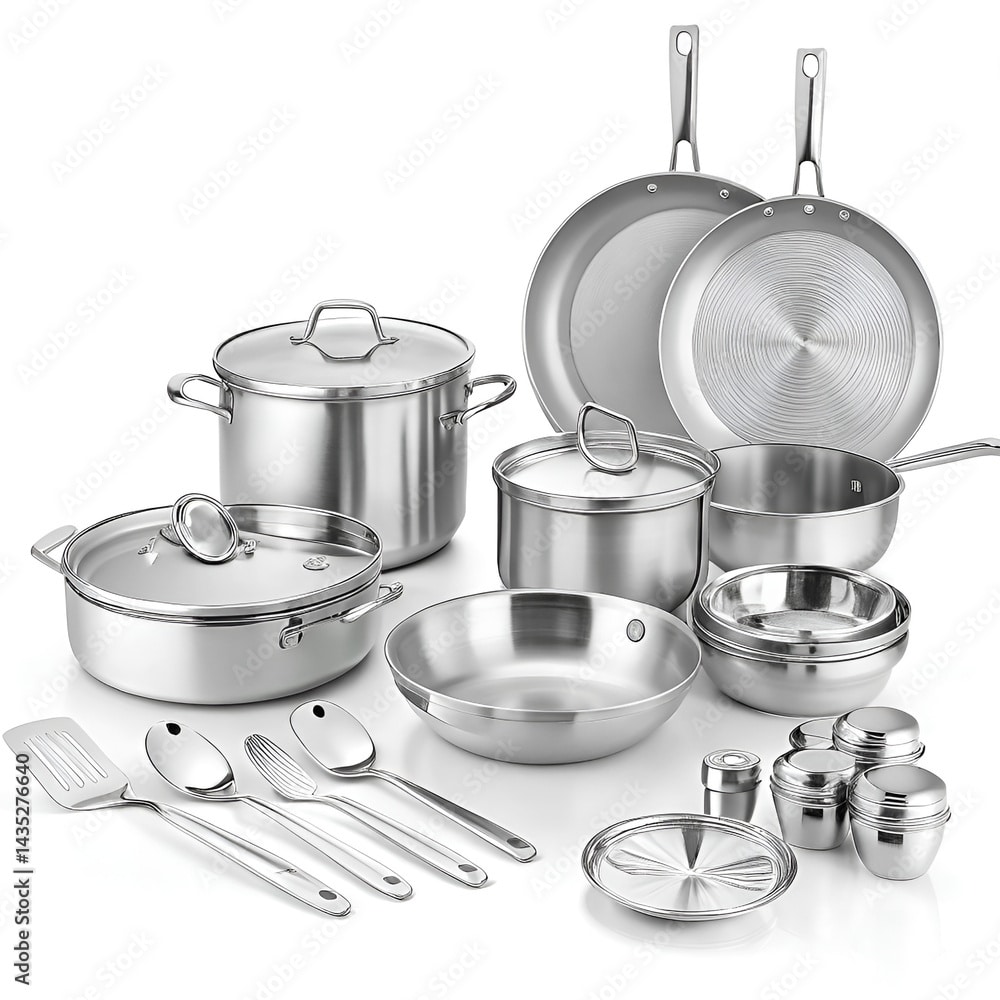
By swapping out Teflon and other coated cookware for these options, you’ll avoid ingesting toxins with your food. Plus, these (cast iron, stainless steel, carbon steel) are more durable and can even improve your cooking results. Choosing PFAS-free cookware is a huge win in non-toxic living for beginners.
What About Air Fryers?
Air fryers are wildly popular — but here’s the catch: most air fryer baskets are coated with Teflon or other non-stick chemicals like PTFE and PFAS. These coatings can break down when heated, especially if scratched, releasing toxins and forever chemicals into your food.
If you’re trying to avoid hormone-disrupting chemicals like PFOA, PFOS, and BPA, this is one swap you don’t want to skip.
Best Non-Toxic Air Fryer Swap: Choose a PFAS-free air fryer with a stainless steel basket or glass interior. We love the Fritaire Self-Cleaning Glass Air Fryer – it’s Teflon-free, BPA-free, and has a beautiful glass design that’s easy to clean and completely free from forever chemicals.
Want more options?
Read my full guides to the best non-toxic cookware and air fryers
Swap 3: Ditch Plastic Food Containers & Cups 🍱
Avoiding plastic in the kitchen is a core principle of non-toxic living for beginners. Plastics are everywhere in our kitchens – tupperware, disposable water bottles, food wrap, coffee cup lids – but they can leach harmful chemicals into our food and drinks, especially when heated. Two big culprits are phthalates and BPA/BPS (and other bisphenols), which are commonly found in plastics and have known endocrine-disrupting effects.
For instance, that take-out coffee cup with a plastic lid or lining? It can release microplastics and PFAS into your hot drink. Microwaving leftovers in a plastic container? Heat accelerates plastic chemicals leaching into your food. Over time, these exposures add up and can affect our health.
Safer Swaps for Food Storage in Non-Toxic Living for Beginners:
Glass or Stainless Food Containers
Replace plastic tupperware with glass containers (many come with BPA-free lids). Glass is inert – no chemicals to leach, and you can safely reheat food in it. Mason jars or pyrex-style dishes with lids are great for leftovers.
Stainless steel food tins or bento boxes are another durable, plastic-free option (excellent for packed lunches). Start by swapping the containers you use for hot food or acidic food, as those are most likely to draw out plastic chemicals.
Cutting Board Swap
Ditch plastic cutting boards — they’re notorious for shedding microplastics and trapping bacteria in every knife groove. A non-toxic cutting board made from solid wood, glass, or even titanium is safer, more durable, and much kinder to your knives. Look for options made from FSC-certified wood or other safe, glue-free materials.
Want to know which boards are truly non-toxic (and which ones to avoid)? I put together a full guide here.
Reusable Water Bottles
Ditch single-use plastic water bottles in favor of a reusable stainless steel or glass water bottle. Not only will you reduce plastic waste, you’ll also avoid ingesting microplastics. Stainless bottles (like Klean Kanteen or Hydro Flask) are non-toxic and lead-free.
Glass bottles (some come with a silicone sleeve for protection) are a bit heavier but completely inert. Even high-quality BPA-free plastic bottles can break down over time, so metal or glass is the way to go.
ditch plastic at the gym
The Best Non-Toxic Shaker Bottles for a Plastic-Free Lifestyle
read the full guide
Travel Mugs & Coffee Cups
If you frequent coffee shops, bring your own insulated stainless steel mug or tumbler. Those paper cups have plastic linings that can leach chemicals into hot coffee. Many coffee shops will even fill your personal cup (and some offer a discount for it!). At home, use ceramic mugs for hot drinks instead of plastic or Styrofoam.
No More Plastic Wrap on Food
For food storage, try beeswax wraps or silicone stretch lids as an alternative to plastic cling film. They keep food fresh without the plastic waste or chemical worry.
Reduce Plastic in Cooking
Avoid non-stick plastic utensils and gadgets that touch hot food. Opt for wood or stainless steel utensils for stirring and serving.
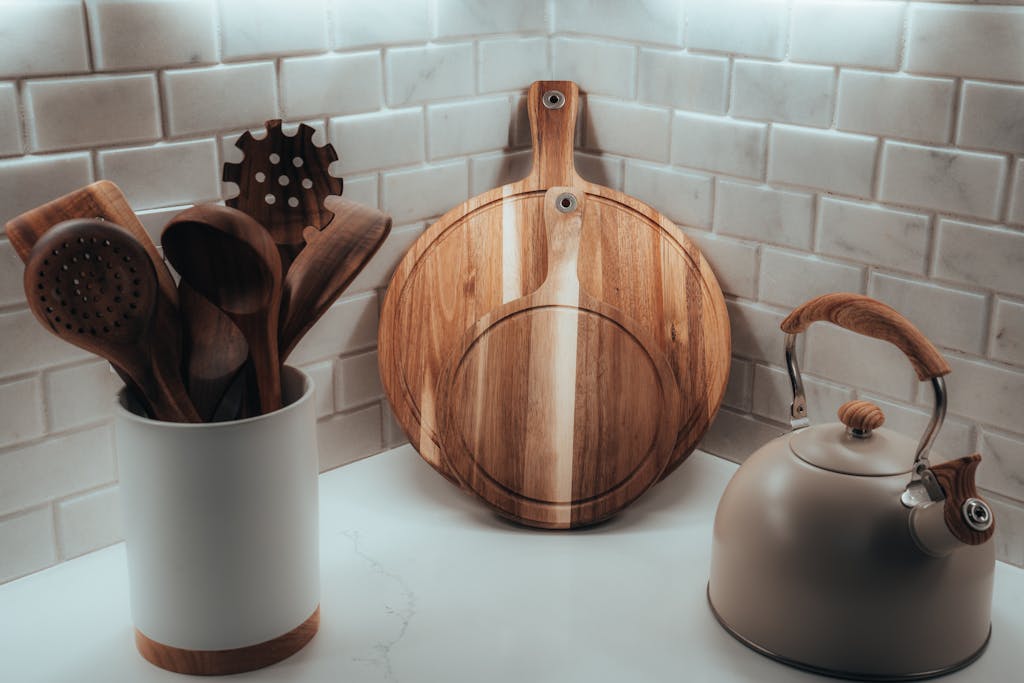
These swaps will help you eat and drink minus the unwanted side of chemicals. Bonus: Glass and metal containers don’t absorb stains or odors like plastic does, so your storage will stay cleaner and last longer. One step at a time, you can phase out plastic from your kitchen and feel good knowing your food is stored safely!
Swap 4: Cleaning Smarter – Non-Toxic Living for Beginners at Home 🧼
Take a peek under your sink – many conventional cleaning supplies contain harsh chemicals like ammonia, chlorine bleach, artificial fragrances, and solvents. While they may wipe out germs or grease, they can also irritate your skin, eyes, and lungs and leave harmful residues on surfaces.
For example, common cleaners often include ingredients like phthalates (for fragrance), which are known endocrine disruptors, or 2-BE (in some all-purpose cleaners) which can damage lungs. Those strong fumes and “clean” smells are not a sign of a healthy home! Also, using a different specialized cleaner for every task (windows, counters, floor, bathroom, etc.) means a lot of chemical clutter.
Healthy Cleaning Swaps for Beginners
Simplify and detox your cleaning routine with these changes:
One All-Purpose Concentrate
A simple all-purpose concentrate is one of the easiest wins in non-toxic living for beginners. For instance, many families (mine included) swear by Branch Basics, a plant-based cleaning concentrate that you dilute with water to make every type of cleaner (glass, bath, floor, laundry, etc.).
Natural Scrubbers & Boosters
For tough cleaning jobs, you don’t need chemical powders – baking soda and vinegar are your friends.
Baking soda is a gentle abrasive and odor absorber (use it to scrub sinks, tubs, and even as a carpet deodorizer). A paste of baking soda + a bit of water can tackle many scours.
Vinegar cuts grease and dissolves hard water deposits (great for glass and tile). These pantry staples are cheap and non-toxic, yet proven to be effective cleaners.
Hydrogen Peroxide
For disinfecting needs, use hydrogen peroxide instead of bleach. For example, 3% hydrogen peroxide in a spray bottle can disinfect countertops, doorknobs, etc. (just let it sit a few minutes before wiping). It breaks down into water and oxygen – no harmful residue.
Want to learn more?
Read my full guides to the best non-toxic cleaning products & practices
Fresh Air Instead of Air Freshener
This overlaps with fragrance (Swap 5 below), but it’s worth noting here: a clean home should smell like nothing – or maybe a faint scent of lemon or lavender from an essential oil. It should not smell like “Spring Rain” or “Tropical Breeze” from a spray can.
Those air fresheners and scented cleaning products emit VOCs that pollute your indoor air. Instead, open windows for ventilation (nature’s best cleaner!), use indoor plants to improve air quality, or simmer some citrus peels and cloves on the stove for a natural room scent.
By streamlining your cleaning supplies to a few safe basics, you’ll protect your family’s lungs and skin from constant chemical exposures. As a bonus, you’ll save space and money. Many people are amazed that once they toss the multi-colored array of toxic cleaners, they don’t miss them at all – a single non-toxic solution can truly handle almost everything. Your home will be fresh and clean, without the chemical cloud.
feeling overwhelmed?
Grab my free Non-Toxic Swap Checklist to get a summarized checklist of all these swaps!
Swap 5: Fresh Air, No Toxins – Ditch Synthetic Fragrances 🕯️
Who doesn’t love a good-smelling home? We all want our living spaces to smell clean or inviting, but synthetic fragrances are not the way to achieve it. The candles, plug-in air fresheners, scented sprays, and perfumes we use can fill our indoor air with a chemical soup.
Many scented products contain phthalates (to make scents last longer) and other petroleum-derived chemicals, including some that are known carcinogens or hormone disruptors. For example, that “Fresh Linen” plug-in or vanilla candle might be releasing formaldehyde, benzene, and phthalates into your air. Because we spend so much time indoors, breathing these toxins daily can contribute to headaches, allergies, hormone imbalance, and more.
Healthy Fragrance Swaps for Beginners
You don’t have to live with stale or unpleasant odors – just switch to natural methods to keep your home smelling lovely:
Beeswax or Soy Candles
Love the cozy glow of candles? Opt for beeswax candles or soy-based candles scented with natural oils. Regular cheap candles are often made of paraffin (a petroleum product) and can emit pollutants when burned.
In contrast, beeswax candles are all-natural, non-toxic, and even have the bonus of emitting negative ions that can help purify the air. They burn long and have a gentle honey scent. Soy candles are another cleaner-burning option, just make sure they use lead-free cotton wicks and natural scents. They come in all sorts of wonderful essential oil blends. You might pay a bit more per candle, but it’s worth it.
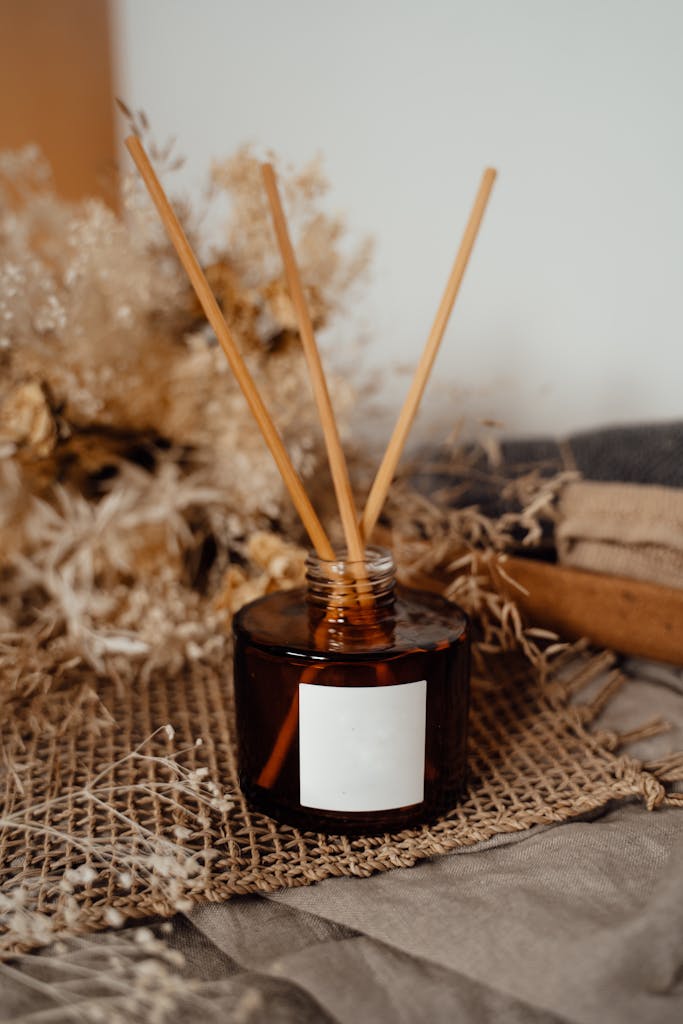
Essential Oils & Diffusers
Pure essential oils are plant extracts that smell amazing without synthetic chemicals. A few drops of essential oil in a diffuser can scent an entire room.
For instance, try lavender or chamomile for a calming vibe, citrus oils (like lemon, orange) for a fresh clean scent, or peppermint/eucalyptus to energize and purify.
Reed diffusers are a natural, low-maintenance way to scent your home — no electricity and no synthetic chemicals. Unlike candles or plug-ins, there’s no soot, no synthetic fragrance, and no mystery ingredients in the air you breathe.
Tip: Ensure you use 100% pure essential oils from a reputable source, not fragrance oils.
HEPA Air Purifiers
For those with allergies or for extra assurance, a HEPA air purifier can remove dust, dander, pollen, and even some VOCs from your air. Look for one with a true HEPA filter (captures fine particles) and an activated carbon filter for odors/VOCs.
While not a “scent” solution per se, an air purifier will make your air smell neutral and clean. It’s especially useful if you’re eliminating synthetic fragrances and might be noticing odors more – the purifier will help clear them. This is optional, but a worthy investment if indoor air quality is a top priority for your family’s health.
Natural Room Sprays or DIY Fresheners
Ditch aerosol fresheners like Febreze (which just mask odors with chemicals) and make your own room spray. It’s super easy: combine water, a bit of vodka or witch hazel (as emulsifier), and your favorite essential oils in a spray bottle. Shake and spritz whenever you need a burst of freshness.
Some great combos: lavender + lemon, or orange + peppermint. You can also simmer spices (cinnamon sticks, cloves) and citrus slices in a pot of water on the stove to infuse your kitchen with a delicious scent. Another idea: set out a small bowl of baking soda in the fridge or musty areas – it absorbs odors with no fragrance needed.
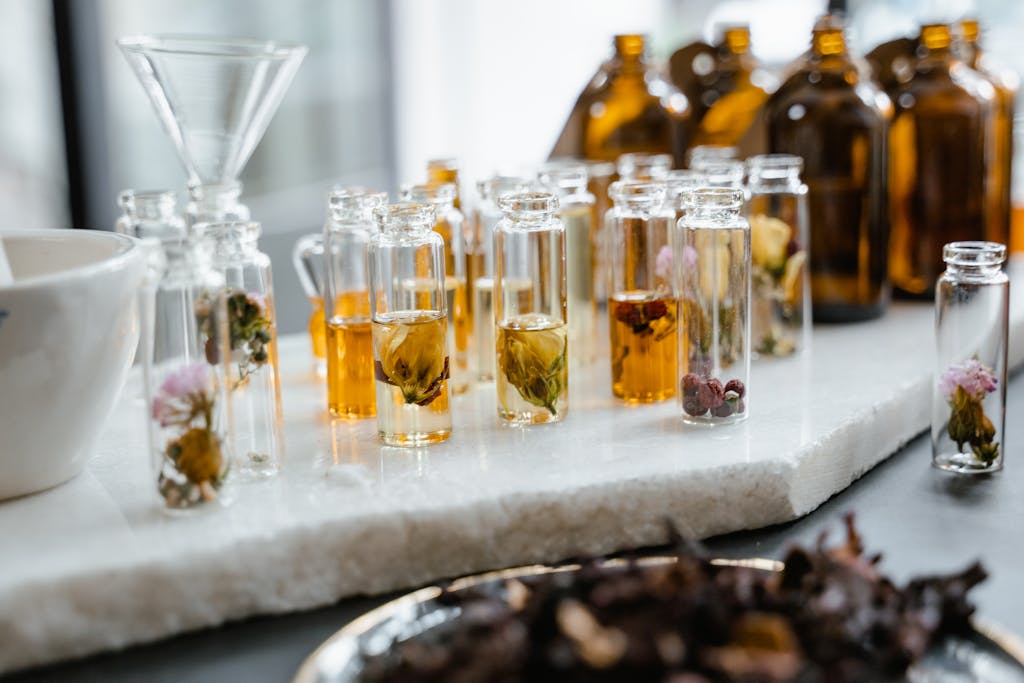
Open Windows Daily
This one costs nothing and is so effective. Make it a habit to crack open windows for at least 5–10 minutes each day in various parts of your home (even in winter, a short burst helps). According to experts, indoor air is often more polluted than outdoor air.
Letting in fresh outdoor air dilutes any indoor pollutants and excess CO₂. It also carries away odors from cooking, pets, etc. If you have concerns about outdoor pollution, choose times when outdoor air is better (after rain, or in early morning). Unless you live next to a factory, this will still improve your indoor air quality.
Ditching synthetic fragrance is one of the most high-impact swaps in non-toxic living for beginners. You might be surprised at how quickly issues like fragrance-induced headaches or allergies improve once you swap these products. Even just opening windows can make a stinky room fresh without a single spray.
Your goal is an environment that smells clean because it is clean, not because it’s covered up by perfumes. Soon, you’ll find that you actually prefer the light, natural scent of a truly clean home – and you won’t miss those chemical smells at all!
Swap 6: Laundry Detox – Cleaner Clothes, Healthier Home 👚
Laundry is often overlooked in non-toxic living for beginners, but it matters more than you think. Laundry products can be hidden pollution sources. That “spring fresh” aroma in your laundry room is often due to fragrances and fumes from detergents, fabric softeners, and dryer sheets. These products commonly contain phthalates (for scent), synthetic musk, benzene, and other chemicals that cling to your clothes and bedding – meaning you inhale them and absorb them via skin contact 24/7.
Dryer sheets are especially toxic offenders; they emit a slew of VOCs and coat fabrics with quaternary ammonium compounds (linked to asthma and skin irritation). If you’ve ever pulled warm laundry from the dryer and gotten hit by a strong perfumey smell, that’s a cloud of chemicals. Over time, these can contribute to allergies, respiratory issues, and hormone disruption.
Non-Toxic Laundry Swaps for Beginners
Fragrance-Free, Non-Toxic Detergent
Switch to a fragrance-free, dye-free laundry detergent that lists safe, plant-based ingredients. Look for detergents from green brands or small companies that explicitly avoid sulfates, optical brighteners, and chlorine. Some brands use essential oils for scent – that’s ok! As a bonus, if anyone in your family has eczema or sensitive skin, you may see huge improvements after switching to gentle detergent.
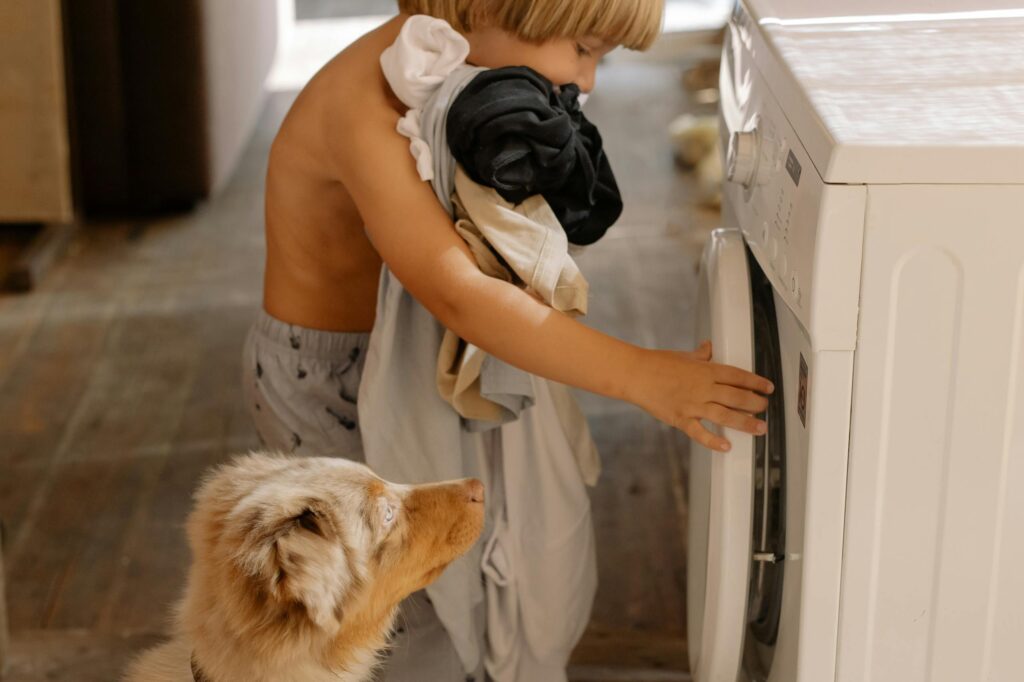
Skip the Fabric Softener & Dryer Sheets
You can stop using liquid fabric softener and dryer sheets entirely – your clothes will be just fine (truly!). To reduce static cling naturally, toss in wool dryer balls instead of dryer sheets. Wool dryer balls (add 3-6 per load) not only soften clothes and reduce static, but they also help dry clothes faster by improving air circulation in the dryer.
If you miss the scent, you can add a couple of drops of essential oil to the dryer balls (e.g., lavender or orange) to give laundry a very light natural fragrance. Dryer balls are inexpensive and reusable for hundreds of loads.
Another trick: vinegar in the rinse cycle – pour 1/2 cup white vinegar into the fabric softener dispenser. It acts as a natural softener by removing detergent residues, and don’t worry, the vinegar smell disappears.
Non-Toxic Stain Removers
Ditch the bleach pens and chemical stain removers. Instead, use products like hydrogen peroxide (a natural bleach alternative) or non-toxic stain sticks from eco-friendly brands. You can also make a paste of baking soda and water for spot-treating stains, or use castile soap directly on a stain.
For whitening whites, try sodium percarbonate (often sold as oxygen bleach or oxy booster). It’s basically a powdered form of hydrogen peroxide that you add to wash water – great for dingy clothes or keeping sheets bright without chlorine bleach. Unscented Oxygen Bleach Powder and Color Safe Stain Remover by AspenClean is one such product.
Line Dry When Possible
This isn’t a product swap, but a practice: drying clothes in fresh air and sunshine is a natural sanitizer and deodorizer. UV from sunlight helps kill bacteria (why whites historically were “sun-bleached” on the line). Even if you can’t line dry every load, airing out clothes occasionally, or at least drying pillows and comforters outside, can refresh them and reduce the need for added scents. Plus, it saves energy.
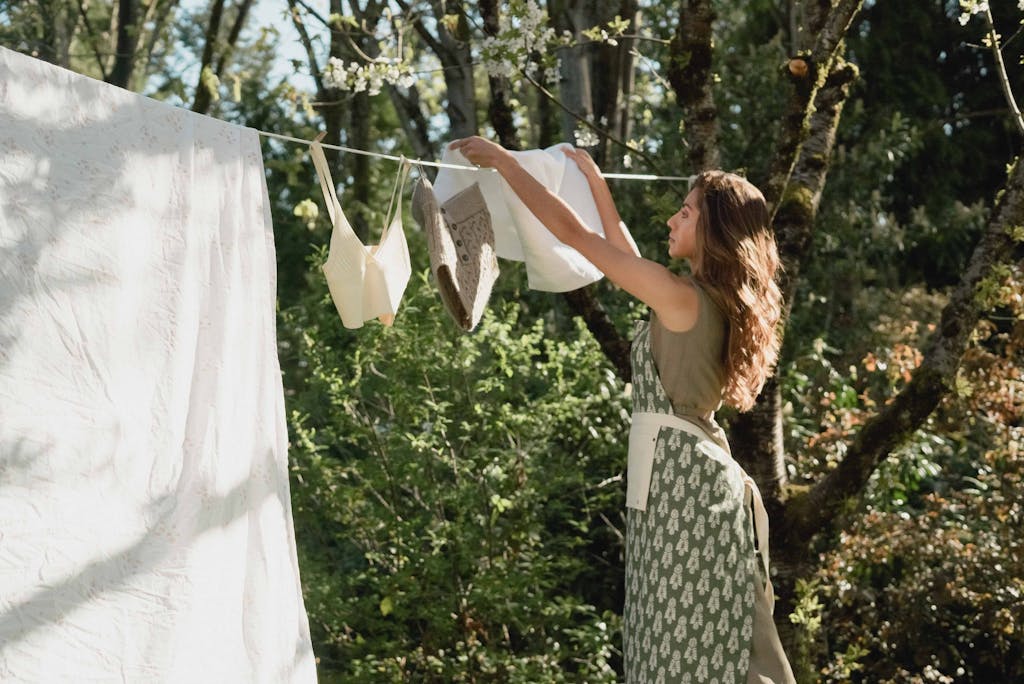
Laundry Booster
If you have extra stinky or dirty laundry (gym clothes, towels), add half a cup of baking soda to the wash cycle – it helps neutralize odors and soften water. Washing soda (sodium carbonate) is another natural booster that can help detergents work better, especially in hard water. These old-fashioned remedies can boost cleaning power without resorting to harsher chemicals.
Your clothes, sheets, and towels will come out truly clean – no fake fragrance to mask odors, no itchy residues. It might feel strange at first when your laundry just smells like… nothing (or a faint clean smell of cotton). But that’s actually what you want.
Clean fabric shouldn’t smell like perfume. After a short adjustment, most people prefer it and even become sensitive to the heavy scents they used to use. You’ll also be reducing allergens in your home environment; remember that fabrics off-gas and leave traces in your indoor air too, so gentler laundry products mean a less polluted home overall.
Beyond Non-Toxic Living for Beginners: Furniture, Mattresses & More (Advanced Swaps) 🛋️
Once you’ve tackled the easier swaps above, you might wonder: Are there other areas to consider? The answer is yes – but these tend to be bigger ticket items or projects. Don’t feel pressured to change all these immediately. Think of these as long-term goals or “when the time is right” upgrades for a truly holistic non-toxic home. As you move past the basics, these advanced tips help build on your non-toxic living for beginners foundation.
Furniture & Furnishings
Couches, rugs, and furniture can release VOCs (volatile organic compounds) and other chemicals, especially when new. For instance, that “new sofa smell” or new carpet smell is actually chemicals like formaldehyde, flame retardants, and glues off-gassing into your air.
Over years, exposure to these can contribute to headaches or worse. When it’s time to replace furniture, look for solid wood pieces (instead of particleboard) with low-VOC finishes, or companies that advertise low-toxicity. Certifications like GREENGUARD Gold or OEKO-TEX on furniture, mattresses, and textiles indicate they meet strict chemical emission standards.
If new furniture isn’t in the budget, you can mitigate existing items by ensuring good ventilation, using air purifiers, and even applying sealants on particleboard to lock in formaldehyde. And always let new furniture or rugs air out (ideally in a garage or ventilated area) for a few days before heavy indoor use.
Mattresses & Bedding
We spend about one-third of our lives in bed, and conventional mattresses can be a major source of chemicals. Most traditional mattresses are made with polyurethane foam (derived from petroleum) treated with flame-retardant chemicals, and they can off-gas VOCs for years. If you’ve ever unwrapped a memory foam mattress and smelled a strong odor – that’s the VOC off-gassing.
Consider switching to a non-toxic mattress made of materials like organic cotton, natural latex, or wool (these can meet fire safety standards without added chemicals). Brands like Happsy, The Ethical Mattress Co, Pure Green, etc., offer certified organic or low-VOC mattresses.
Admittedly, mattresses are expensive; you might wait until you need a new one. In the meantime, use an organic cotton mattress cover as a barrier. Also choose organic cotton or bamboo sheets when you can – they are made without formaldehyde finishes and feel wonderful.
At least for babies and kids, who are more vulnerable, investing in a non-toxic crib mattress (e.g., Naturepedic or Newton) is highly worthwhile. Babies sleep so much, and pound-for-pound have greater exposure and sensitivity to chemicals.
Detox your bedroom
Read my full guides to the best non-toxic mattresses and bedding
Paint & Home Renovation Materials
If you’re painting or remodeling, go for low-VOC or zero-VOC paints, stains, and finishes. Major brands now offer low-VOC lines, which dramatically reduce that “paint smell” and related hazards. Similarly, if installing flooring, consider alternatives to vinyl (which can emit phthalates). Look for flooring labeled low VOC. Use caulks and adhesives labeled as low-VOC, too. These choices are easier than ever to find and make a huge difference in keeping your indoor air clean during and after renovations.
Curtains, Rugs, Décor
Fabrics like curtains, upholstery, and rugs can be treated with stain repellents (often PFAS-based) or other chemicals. When buying new, opt for organic fabrics or those labeled free of perfluorinated treatments. Natural fiber rugs (jute, wool, cotton) with organic or no backing will have less off-gassing than synthetic rugs with PVC backings.
It’s not always easy to find chemical-free versions, but if you have the choice, natural materials are safer. Wash new sheets, towels, and clothes before use to remove any residual manufacturing chemicals (washing can eliminate a lot of the formaldehyde finishes on textiles).
Pesticides & Pest Control
Finally, a healthier home extends to how you handle pests. Avoid routine spraying of insecticides indoors or heavy-duty chemical bug bombs. Instead, use integrated pest management: seal entry points, use traps or baits, and if you must spray, choose least-toxic options (like boric acid for ants, diatomaceous earth for insects, etc.).
Keep a shoe-free home (shoes track in pesticides from outside) and dust/vacuum regularly, because many toxins including flame retardants and pesticides settle in household dust. A simple HEPA vacuum and dusting with a damp cloth can greatly reduce your exposure.
Remember, these bigger swaps can be done gradually. Perhaps this year you buy some organic sheets, next year you repaint the bedroom with no-VOC paint, in a couple of years you get a new sofa that’s non-toxic. Each step moves you closer to a truly toxin-free sanctuary. It’s about finding a “sweet spot” – doing the best you can within your budget and not stressing over perfection. Every improvement counts.
What About Personal Care Products? (Skincare, Makeup, etc.) 💄
Many people tackling non-toxic living for beginners want to clean up their skincare next. You might be wondering why this guide hasn’t said much about things like shampoo, deodorant, makeup, and skincare – after all, those can contain toxins too. It’s true that conventional beauty and personal care products often have problematic ingredients (parabens, phthalates, triclosan, synthetic fragrance, etc.).
However, when you’re just beginning a non-toxic lifestyle, it’s wise to focus on the biggest exposures first. As clean-living experts often point out: you might apply lotion twice a day, but you drink water and breathe air all day long. That’s why this guide emphasized water, air, cleaning, and everyday home items – tackling those will give you the biggest reduction in toxic load for your efforts.
Once you have those Non-Toxic Living for Beginners swaps down, then it’s a great idea to gradually clean up your personal care routine too:
Start with what stays on your skin longest: Swap your body lotion, deodorant, and toothpaste for non-toxic versions (these are daily-use and cover large exposure areas). Look for lotions without parabens or synthetic fragrance, deodorants without aluminum or irritants, and fluoride-free or nontoxic toothpaste especially for kids.
Next, hair care and skincare: Choose shampoos, conditioners, and facial products that are free of sulfates (SLS/SLES), parabens, phthalates, and artificial fragrance. Or explore the thriving world of organic and DIY skincare (rosehip oil as a facial serum, anyone?).
Makeup last: Cosmetics can have heavy metals and preservatives. As you run out, look for clean makeup brands that work for you. There are many these days (100% Pure, Araza, Omiana, etc.). This may be lower priority only because you might wear makeup for fewer hours compared to, say, wearing clothes washed in chemical detergent or sleeping on a treated mattress. But it’s still important for a fully non-toxic lifestyle.
There are entire guides and blog posts we have on non-toxic beauty. The main point here is: don’t overwhelm yourself by trying to do it all at once. If you switched out all your cleaning supplies, all your kitchenware, and all your personal products in one go, you’d be exhausted (and broke!).
It’s perfectly fine to take it in stages. Health is a marathon, not a sprint. Over time, you’ll build a home and life that’s aligned with your wellness goals. And you’ll likely feel the benefits – many people report fewer headaches, less skin irritation, improved allergies, and simply greater peace of mind knowing they’ve minimized daily toxins.
free download
To help you take action, I’ve compiled all these Non-Toxic Living for Beginners tips into a handy Checklist!
Wrapping Up Your Journey into Non-Toxic Living for Beginners
You’ve just completed your roadmap to non-toxic living for beginners — amazing work! By focusing on these easy swaps – from filtering your water to swapping out cleaners and avoiding synthetic fragrances – you are making a powerful investment in your family’s health. Each swap might seem small, but together they dramatically reduce the chemical burden in your home. You’ll breathe easier (literally), enjoy fresher foods, and create a safe haven for your kids to grow up in.
Remember, you don’t have to be perfect. Even implementing the top 4–5 changes will put you well ahead of the average household in terms of reducing toxin exposure. And once these new habits become second nature, you can always build on them – perhaps tackling that non-toxic beauty routine or advocating for healthier products in your community.
Non-Toxic Living for Beginners is About Empowerment, Not Fear
Non-toxic living is not about living in fear of every chemical; it’s about empowering yourself to make informed choices and reclaim a healthier environment. It’s actually liberating – you simplify your home, find DIY solutions, and often save money in the long run (no more buying 10 different cleaners or expensive scented candles). Plus, you gain peace of mind knowing you’re doing the best for your loved ones.
As you continue on this journey, keep learning and connecting. Our community is full of helpful tips, product recommendations, and support. Share your wins, ask questions, and celebrate progress.
Your home is your sanctuary. With each conscious swap, you’re making it a place where wellness thrives – where the air is pure, the water is clean, and the products you use love you back. Here’s to a healthier, happier home for you and your family!
Do you have questions or tips about non-toxic living? Drop a comment below! And if this guide helped you, share it with someone else starting their non-toxic living for beginners journey. 🌱🏡
Stay inspired – you’ve got this! Every toxin you toss and every natural product you choose is a victory for your health. Cheers to living naturally non-toxic. 🎉
join the newsletter
Want more non-toxic guides? Subscribe today.
